Moving your website to a new address? A strategic approach ensures your conversion rates and SEO performance stay strong. This guide walks you through every step—from planning to post-launch checks—so your audience never misses a beat. For a comprehensive breakdown of key SEO ranking factors, refer to our SEO Periodic Table: What It Is? guide.
Why does this matter? Search engines together with users show negative reactions to broken links and unexpected changes. The process of planning ahead protects your website traffic while maintaining your existing search engine rankings. The main focus will be on maintaining user experience while resolving technical issues and protecting your website’s authority.
The training will teach you to establish 301 redirects and conduct content audits while showing you how to prevent typical mistakes. The industry leaders at HeyTony demonstrate effective methods through real-world examples. Our guidance includes complete support for managing backlinks and optimizing page speed. Before performing domain migrations you should use a disavow generator to eliminate toxic links
Ready to make the switch seamless? Let’s dive into the tools and tactics that keep your site running smoothly—before, during, and after the transition. During a domain migration, it’s common to encounter shifts in rankings—especially if keyword cannibalization wasn’t addressed beforehand.
Key Takeaways
- The transition process requires detailed planning to safeguard both search engine positions and user confidence.
301 redirects should be used purposefully to preserve link equity while preventing broken paths from occurring.
Perform an audit of current content and backlinks before implementing structural modifications.
After launch you should closely monitor performance metrics to detect problems at an early stage.
The combination of fast page loading and mobile-friendly design will enhance user engagement.
To better understand the factors that can lead to an EMD penalty, explore our article on the role of keyword density in SEO.
Introduction to Domain Migration and CRO
Your website needs to move to a new online location. The strategic change affects more than the address bar. A well-planned website transition protects visitor relationships and keeps search engines aware of your website.
if you change domains – what is the best way to preserve your link authority?
When wondering if you change domains – what is the best way to preserve your link authority?, implementing proper 301 redirects from old to new URLs maintains most SEO value and rankings. Learning to test how to disavow backlinks in ahrefs helps identify and remove toxic links that could harm your site’s search performance after migration or when cleaning up spammy backlinks.
What Does a Site Transition Mean for Conversions?
The process of website relocation requires transferring all content elements and design components and functional aspects to a different web address. The conversion-focused approach to this process focuses on maintaining user pathways together with trust signals. The digital presence rebuild requires attention to every click pattern and engagement metric.
When asking if you change domains – what is the best way to preserve your link authority?, the key is implementing comprehensive 301 redirects from every old URL to corresponding new pages, notifying Google through Search Console, and updating backlinks from high-authority sites to maintain SEO value during the transition.
Search Visibility and Visitor Trust
Search engines view new web addresses as unknown locations. The lack of proper guidance makes it difficult for search engines to understand your content structure. The change in web address may result in short-term impacts on search engine rankings together with organic website traffic. Users become aware of changes because broken bookmarks and outdated social shares create obstacles to user experience.
| Focus Area | Common Risks | Preventive Solutions |
|---|---|---|
| Link Management | Broken pathways from old pages | Permanent redirects (301s) |
| Content Integrity | Missing pages or altered messaging | Detailed content audits |
| Technical Performance | Slower load times | Speed optimization checks |
The main reasons for website moves include rebranding and technical upgrades. The success of your website refresh or speed improvement depends on detailed planning. The transition process requires complete page mapping and redirect testing and visitor behavior pattern observation.
A seamless transition maintains both search crawlers’ and human visitors’ trust in your reliability. The following section will demonstrate how to collect vital information before starting the transition.
Learn how smart link strategies can streamline your link building efforts for better search engine rankings.
CRO Domain Migration: Pre-Migration Strategy
The process of digital presence relocation needs more than technical adjustments because it requires strategic groundwork. The process involves building a strategic plan which safeguards your existing work while enabling future growth opportunities.
Gathering Performance Snapshots
Begin by recording the current state of your website. Google Analytics shows traffic patterns while Search Console reveals keyword positions. The team at HeyTony suggests extracting six months of data to detect seasonal patterns.
The value of qualitative information should not be overlooked. Hotjar heatmaps reveal visitor click behavior while Qualaroo surveys reveal the reasons behind visitor departures. The combination of these tools creates a detailed understanding of current performance before any modifications take place. Before launching your next blog, explore our comparison of WordPress and Substack as publishing tools to determine which offers the flexibility and control you need.
Designing Smart Pathways
Every webpage does not require the same level of focus. The top 20% of content responsible for 80% of results can be identified through backlink audits and conversion metrics. Ahrefs provides tools to identify authority pages that require immediate redirecting.
| Focus Area | Tools Used | Purpose |
|---|---|---|
| Traffic Patterns | Google Analytics | Track visitor flow |
| Keyword Positions | Search Console | Monitor ranking shifts |
| User Intent | Qualaroo | Capture feedback |
When planning redirects, prioritize pages with strong backlinks or high engagement. Test each path before launch using redirect checkers like Screaming Frog. This prevents dead ends for both users and search crawlers.
if you change domains – what is the best way to preserve your link authority?
Remember: Detailed prep work turns potential chaos into controlled progress. Your future self will thank you for the extra effort now.
Technical Setup for a Smooth Transition
Building a solid technical foundation ensures your website operates flawlessly during its move. Let’s break down the critical components that keep your SEO performance stable while maintaining user trust. Before migrating domains, use a disavow generator to clean up toxic links. Learn more about comparison of link strategies in our deep dive on link exchange vs guest posting.
DNS Configuration Made Simple
Begin by making exact changes to your DNS records. Lower Time-to-Live (TTL) values to 24 hours before the switch to speed up propagation. The DNS management tools at Cloudflare and GoDaddy provide users with easy interfaces to modify their DNS settings.
- Check MX records for email continuity
Verify nameserver accuracy
Test DNS propagation globally using tools like DNSChecker
Redirects That Protect Your Authority
301 redirects function as digital tour guides which direct both visitors and search crawlers to appropriate pages. The use of link equity becomes less effective when redirects exceed one hop in length. For example:
| Old URL | New URL |
|---|---|
| /summer-sale | /seasonal-offers |
| /contact-us | /connect |
Always test redirects using tools like Redirect Path. Broken paths frustrate users and harm conversion rates.
Server configuration matters too. Ensure SSL certificates cover your new domain, and optimize server response times under 200ms. A slow-loading site erodes hard-earned rankings faster than expired milk spoils.
Learn how these B2B website goals can align with your SEO efforts by visiting our post on integrating SEO best practices into B2B web design.
Content Migration and SEO Preservation Techniques
Moving your digital presence demands precise execution. The process of moving digital assets requires precise care to preserve both search engine visibility and user trust. The following section explains how to relocate your assets without losing momentum.
Transferring Website Content Accurately
Begin by creating a content inventory spreadsheet. Create a list that includes all pages together with media files and interactive components. Screaming Frog crawls websites to identify elements which are missing from the page. Large websites should begin their migration with their most visited pages as priority.
Test multimedia elements post-transfer. Compressed images lose quality, while embedded videos might break. Use checksums to verify file integrity. One marketing team found 12% of their product images were corrupted during transfer—a preventable issue with proper validation. For international SEO, we recommend starting with a regionally focused team like our Singapore SEO company.
Updating Meta Tags, Headings, and Sitemaps
Your new URL structure demands updated signposts. Refresh title tags and meta descriptions to match current search intent. For example:
| Old Meta Title | Optimized Version |
|---|---|
| Best Running Shoes 2020 | Top-Rated Trail Running Shoes for 2024 |
Generate a fresh XML sitemap immediately after launch. Submit it through Google Search Console to speed up indexing. Tools like Yoast SEO automate this process, while screaming Frog identifies orphaned pages.
Don’t forget internal links. A single broken path can snowball into traffic leaks. Use Ahrefs’ Broken Link Checker to spot issues before users do. Keep design elements consistent—sudden layout changes confuse regular visitors and erode brand recognition.
Addressing cro cannibalisation requires balancing conversion optimization with SEO integrity to prevent pages from competing against each other, understanding how cro mess up seo moz discussions highlight potential conflicts between testing and rankings, while using test disavow links ahrefs and test disavow ahrefs tools helps safely evaluate toxic backlinks before permanently disavowing them to protect your site’s authority.
Building a Robust User Experience Post-Migration
After moving your site, the real work begins: shaping experiences that keep visitors engaged. Clear pathways and familiar design elements help users adapt to your refreshed digital space while maintaining trust. Discover the benefits of using WhitePress to access high-quality publisher networks efficiently.
Navigation That Feels Like Home
Organize your menus according to the natural flow of visitor exploration throughout your content. The travel booking platform achieved a 27% reduction in bounce rates through their simplified main menu which contained only three categories: ”Plan,” “Book,” and ”Manage.”
The following guidelines provide instructions for creating logical layouts:
The main menu should contain between 5 to 7 essential options.
The use of sticky headers enables users to access pages quickly when navigating through lengthy content.
The most important actions such as “Contact” or ”Buy” should always appear in specific locations throughout the interface.
Conduct tests with actual users before launching the new design to all users. The testing tools Maze and UserTesting help identify areas where users encounter difficulties. The e-commerce brand found that 43% of mobile users failed to locate their redesigned cart button which led to an 18% increase in conversions after implementing a two-day fix.
Visitors who become confused will exit the website. Logical flows keep them clicking. The combination of clean navigation with breadcrumbs and progress bars provides users with visual guidance throughout their journey. Your updated website should maintain its familiar feel while introducing fresh elements that match the functionality of your favorite applications.
For marketers seeking more flexible pricing or better analytics, our guide on the best LinkVerse alternative tools is a must-read.
Maximizing SEO Performance during and after CRO Domain Migration
The process of maintaining search visibility requires constant monitoring after making structural changes to your site. Your audience will find you easily when you implement proactive monitoring to detect issues before they become major problems.
Tracking Traffic Patterns and Technical Hiccups
Begin your analysis by reviewing organic traffic reports from each week. The Google Search Console tool shows keyword ranking changes while SEMrush displays competitor movement data. Set up specific alerts to detect unexpected traffic declines because these events typically indicate redirect problems or delayed indexing.
Fast detection of crawl errors is possible. Screaming Frog performs site scans to identify broken paths together with faulty redirects. A SaaS company resolved 92% of their 404 errors through this method which resulted in the recovery of 15% of their lost traffic within 48 hours.
| Tool Name | Primary Use | Key Benefit |
|---|---|---|
| Google Search Console | Track keyword positions | Free, direct from Google |
| SEMrush | Competitor gap analysis | Identifies missed opportunities |
| Screaming Frog | Crawl error detection | Finds broken paths quickly |
Schedule monthly audits for the first six months. Check page titles, meta descriptions, and internal links. Ahrefs’ Site Audit tool grades your SEO health and suggests fixes. Adjust strategies based on real data—like prioritizing pages losing traction.
Remember: SEO isn’t “set and forget.” Stay nimble. Analyze user behavior through heatmaps and session recordings. Small tweaks, like clarifying confusing buttons, can boost engagement by 20% or more.
- Learn how to avoid costly SEO mistakes by exploring the strategic outreach methodologies featured on Backlink Management’s website.
Post-Migration Monitoring, Testing, and Adjustments
Your site’s journey doesn’t end at launch—it evolves through careful observation. Proactive checks and user insights turn potential setbacks into growth opportunities. Let’s explore how to refine your digital presence after structural changes. Mastering internal architecture begins with grasping the fundamentals, such as cross-linking in SEO, which plays a pivotal role in distributing link equity.
Auditing Backlinks and Fixing Broken Links
Even with perfect planning, some connections slip through cracks. Use tools like Ahrefs to scan for broken pathways. Redirect remaining broken links to relevant pages—never default to your homepage. One tech brand recovered 11% of lost referral traffic by fixing 37 broken backlinks within two weeks.
| Tool | Function | Frequency |
|---|---|---|
| Ahrefs | Backlink tracking | Weekly |
| SEMrush | Link health reports | Biweekly |
Gathering User Feedback and Optimizing Conversion Rates
Your audience holds the map to better experiences. Deploy short surveys using Typeform or Qualaroo asking:
- “Did you find what you needed today?”
- “What almost stopped you from completing your goal?”
Run A/B tests on critical pages like checkout flows. An e-commerce site boosted add-to-cart rates by 14% by testing button colors and placement. Tools like Optimizely make split testing accessible without coding. Not all aged domains are equal. Learn how PBN domains with backlinks can impact your SEO — for better or worse.
Review heatmaps weekly through Hotjar. Look for rage clicks or dead zones in key conversion areas. Pair this data with session recordings to see exactly where visitors hesitate. Small tweaks—like clarifying form labels—often yield big results.
Remember: Every adjustment should answer real user needs. Stay curious, stay flexible, and let data guide your next move.
Digital marketers frequently address cro keyword cannibalisation issues when multiple pages compete for the same conversion-focused search terms. Understanding cro cannibalization helps optimize content strategy to prevent internal competition between landing pages targeting similar keywords.
Technical SEO considerations include cro changing domain name and its impact on conversion rate optimization and search rankings. Link management involves test ahrefs disavow and test ahrefs disavow links for cleaning up toxic backlink profiles during optimization campaigns.
Advanced planning includes domain migration chatgpt assistance and chatgpt domain migration strategies for AI-powered migration guidance. Strategic planning addresses if you change domains – what is the best way to preserve your link authority for maintaining SEO value during domain transitions.
These technical aspects help marketers maintain both conversion optimization and search engine rankings while managing complex website migrations and preventing keyword cannibalization issues that can hurt overall performance.
Conclusion
A seamless digital transition combines thorough planning with continuous refinement. Strategic preparation lays the groundwork—collecting performance benchmarks, mapping high-value pages, and stress-testing redirects ensure both search visibility and user pathways remain intact.
Technical precision matters. Properly configured 301 redirects preserve link equity, while updated meta tags and sitemaps keep search crawlers informed. Post-launch vigilance through traffic monitoring and user feedback catches issues before they escalate.
Remember these essentials:
- The baseline data serves as a foundation to measure improvements that can be made
A consistent navigation system helps visitors trust the website
Regular audits function as a protection mechanism against ranking drops
Your strategy needs improvement. Check out our case studies about how to keep conversion rates steady during structural changes. Your website refresh becomes a more powerful asset when executed properly because it enhances both user engagement and search engine performance.
Begin your upcoming project with assurance. Every step forward should feel like progress, not a puzzle.

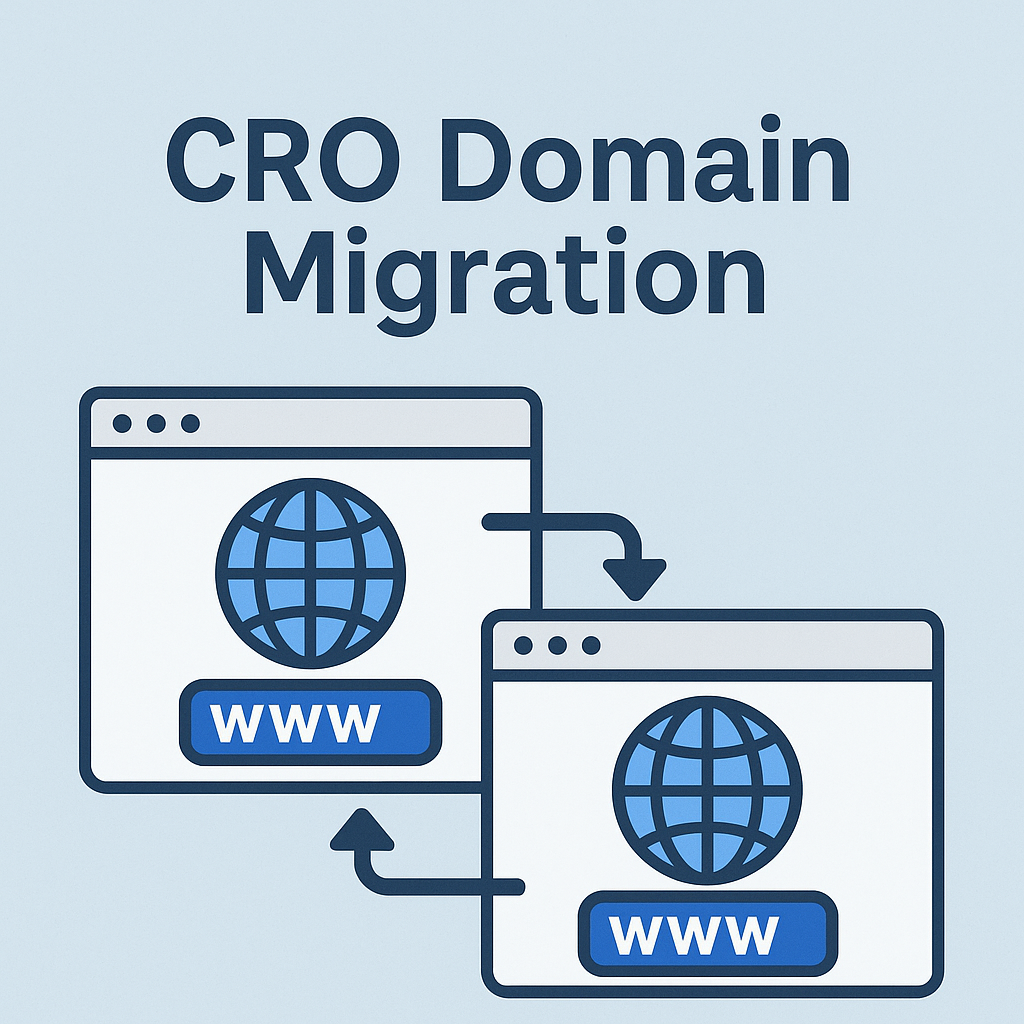

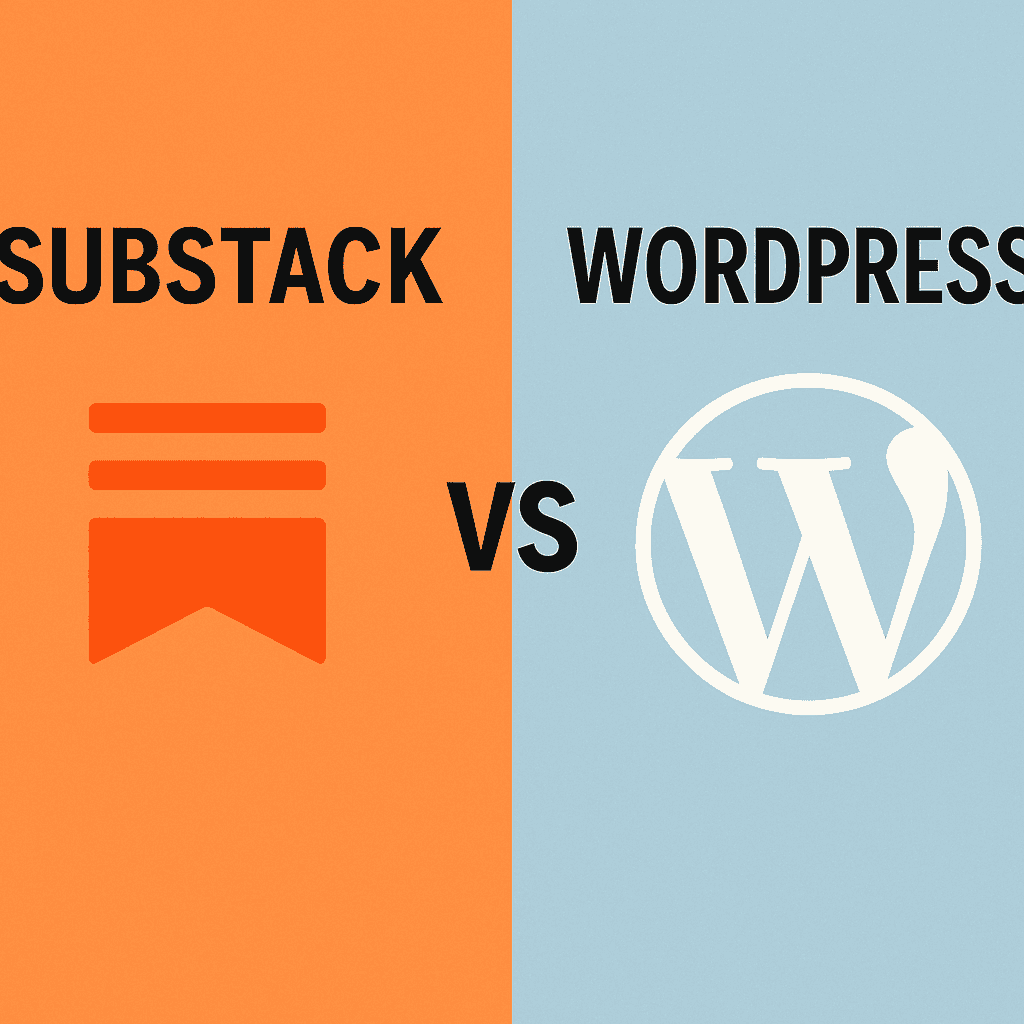






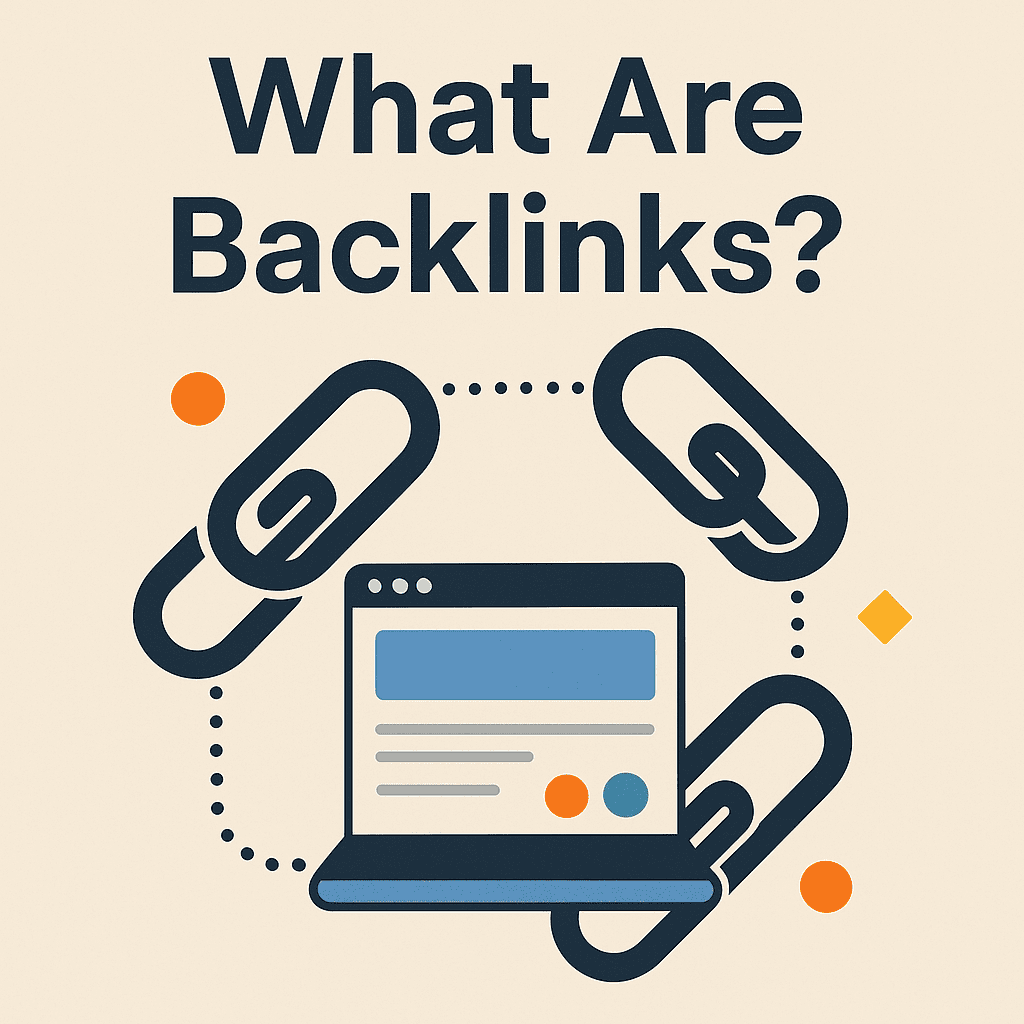




















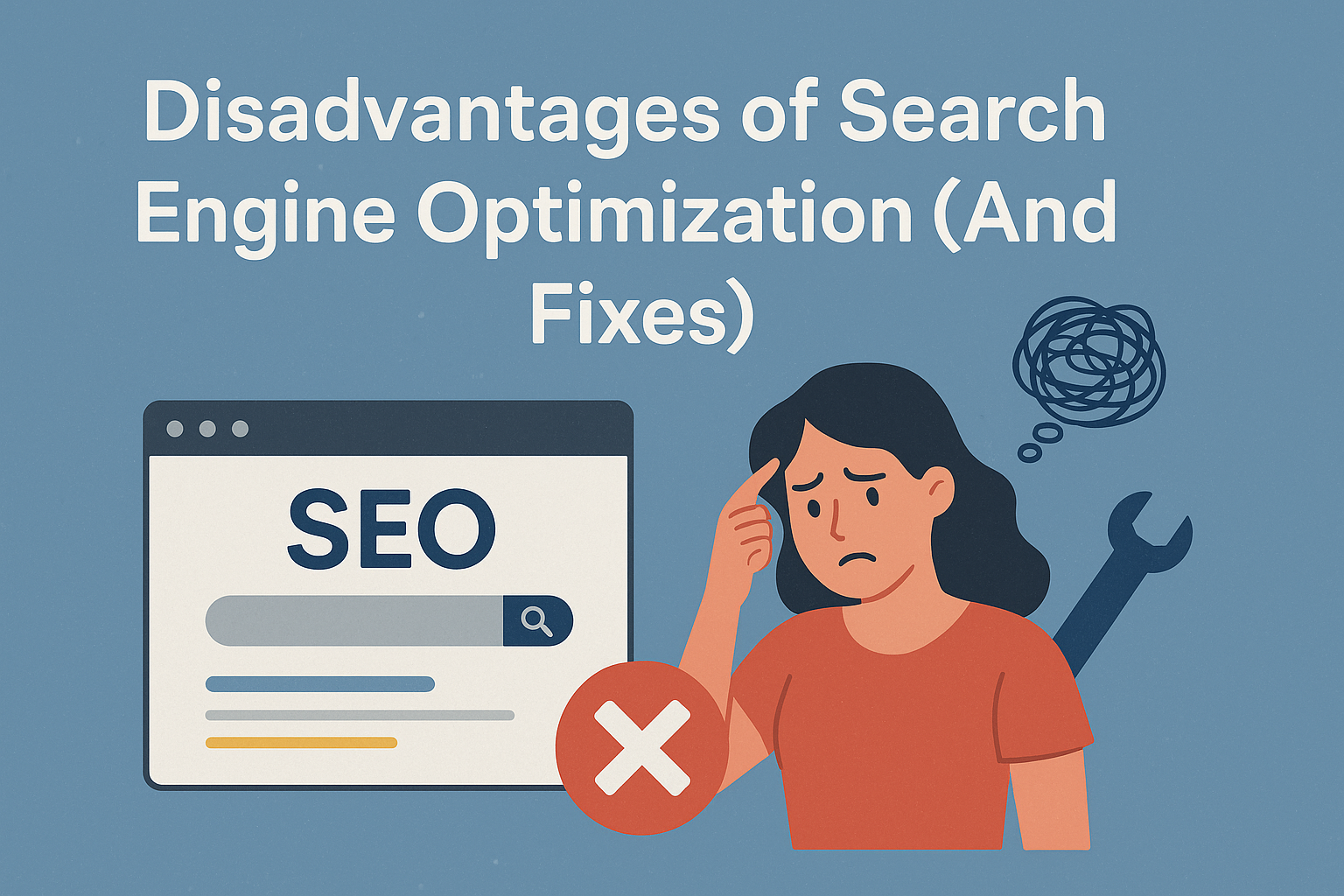




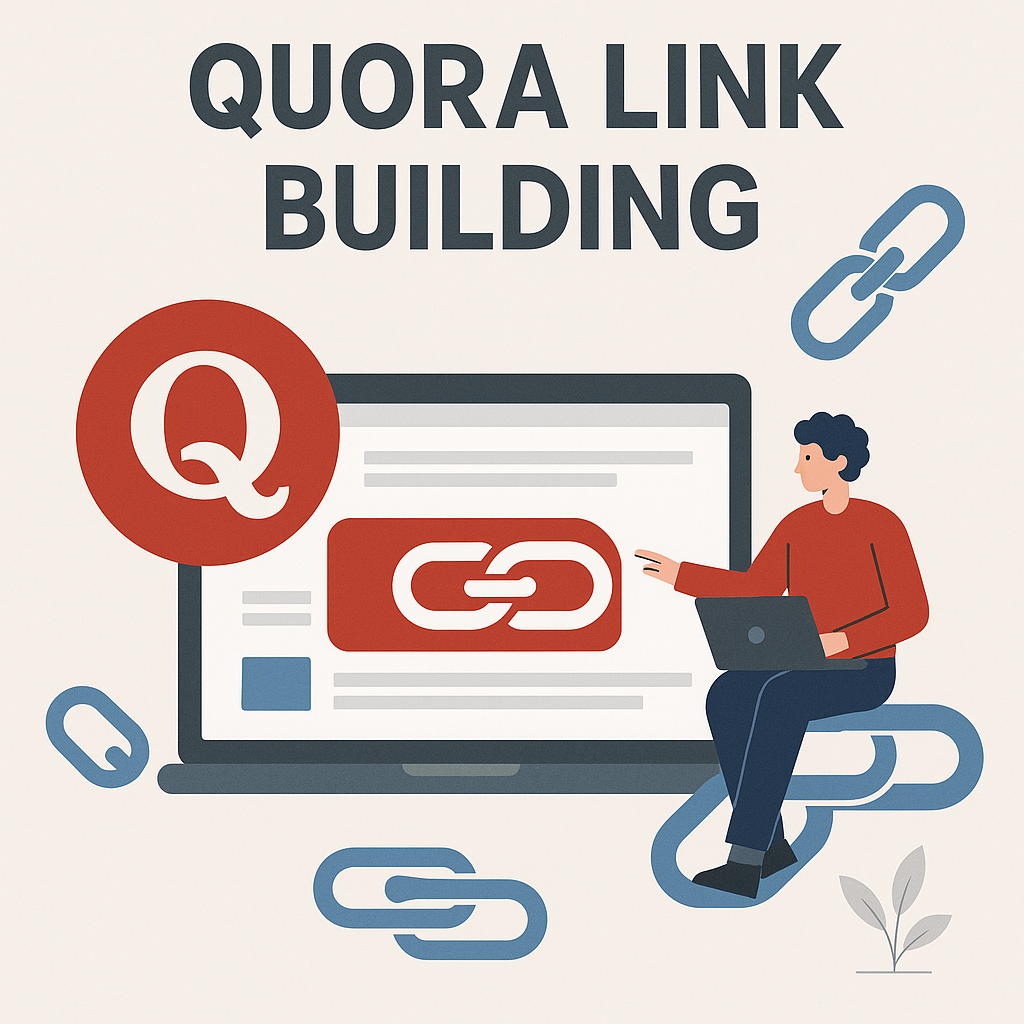
![How Many Outbound Links Per Blog [2025 Updated]](https://backlinkmanagement.io/wp-content/uploads/2025/06/How-Many-Outbound-Links-Per-Blog.png)
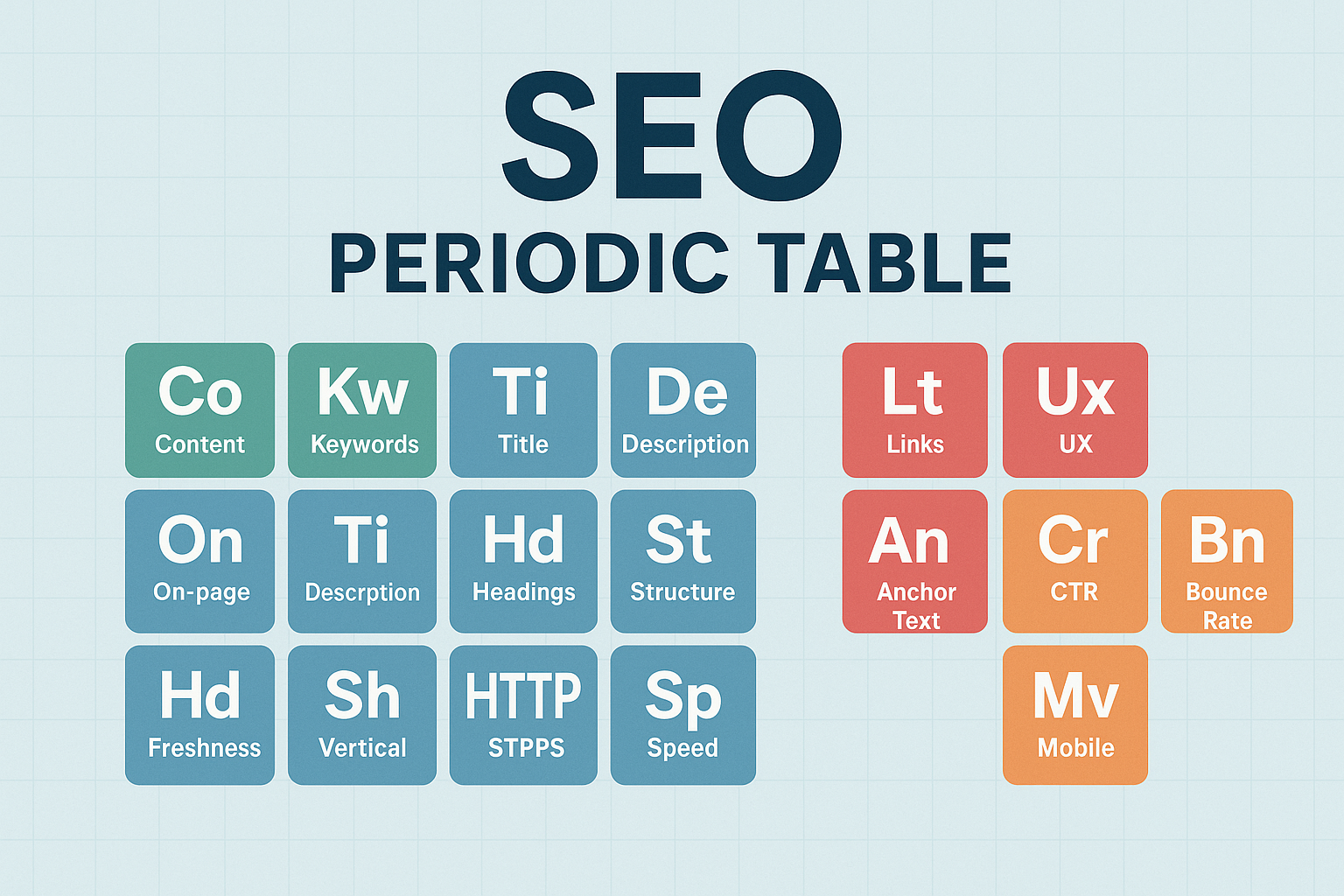


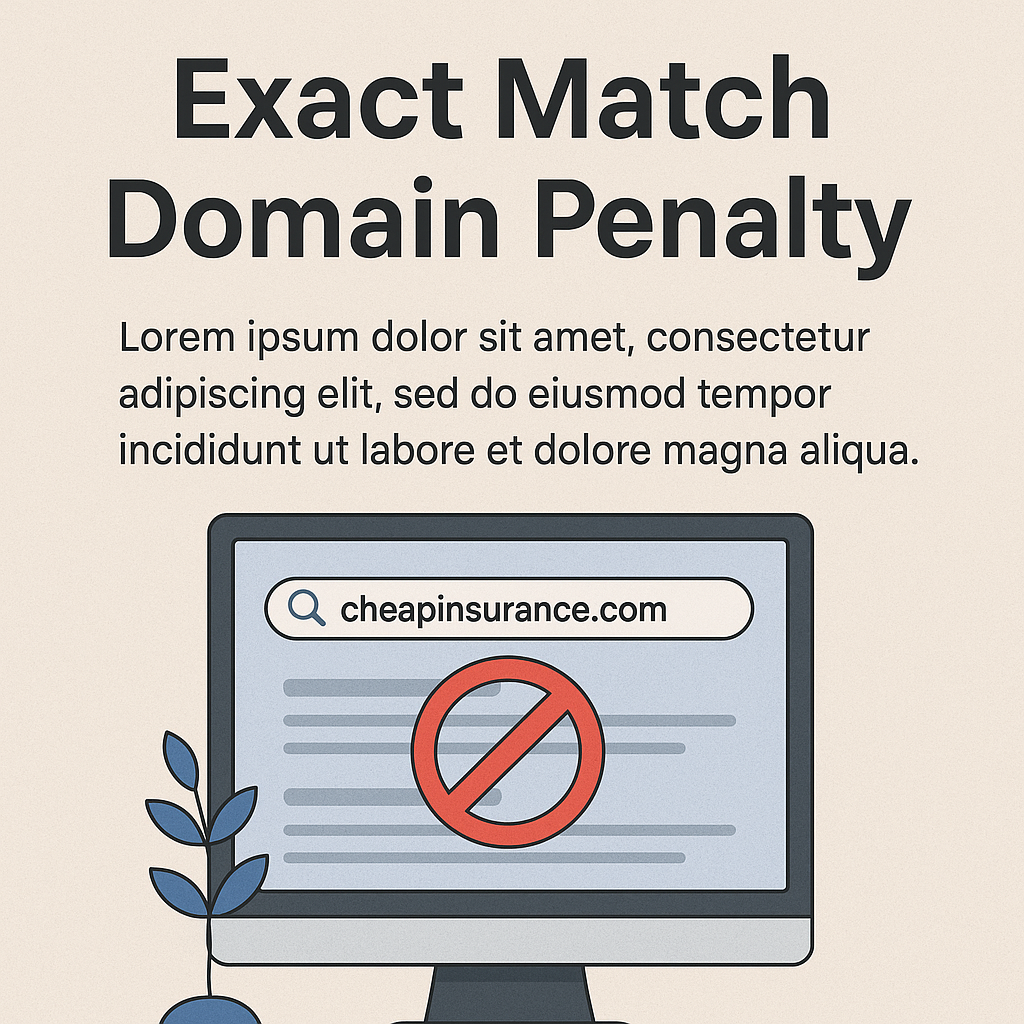
![B2B and B2C Website Examples [2025 Updated]](https://backlinkmanagement.io/wp-content/uploads/2025/05/B2B-and-B2C-Website-Example-.png)
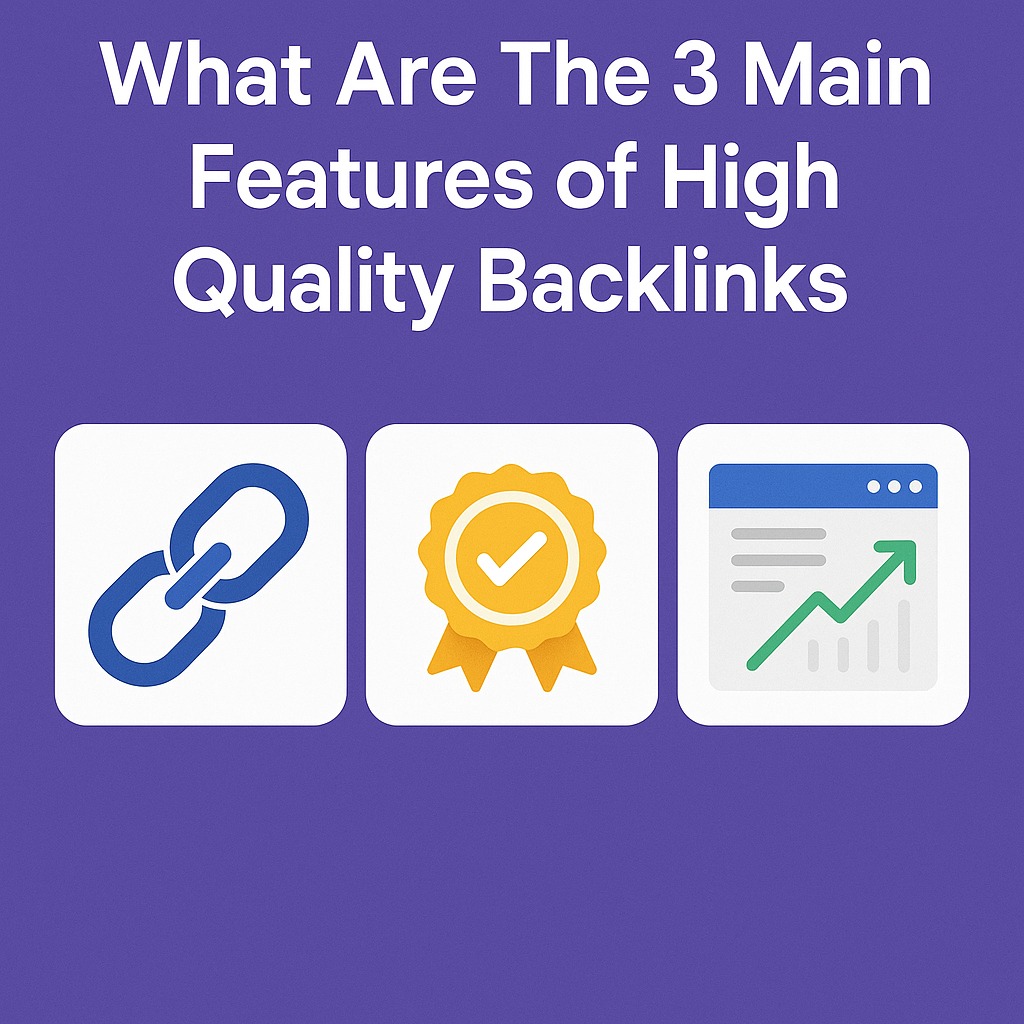

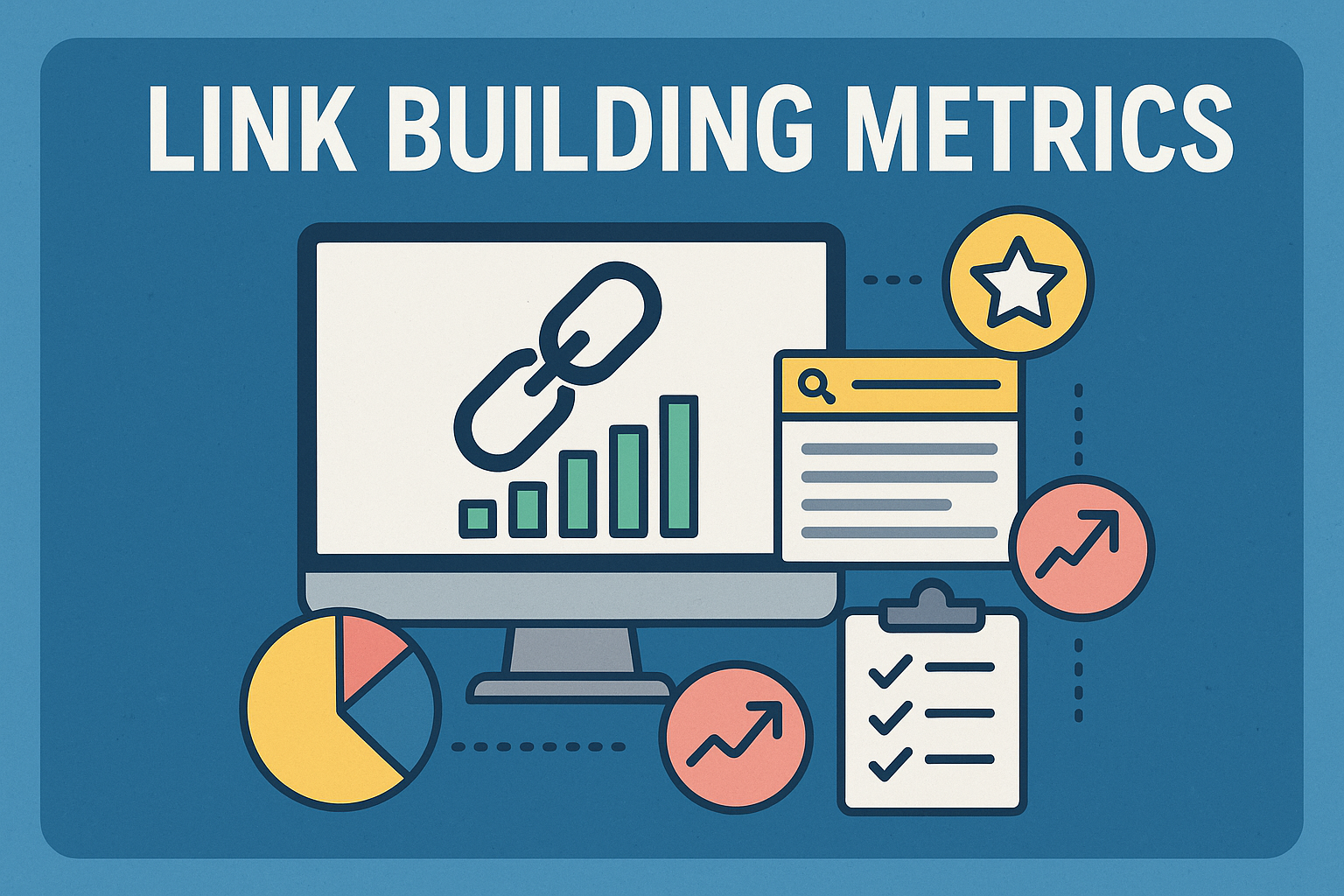
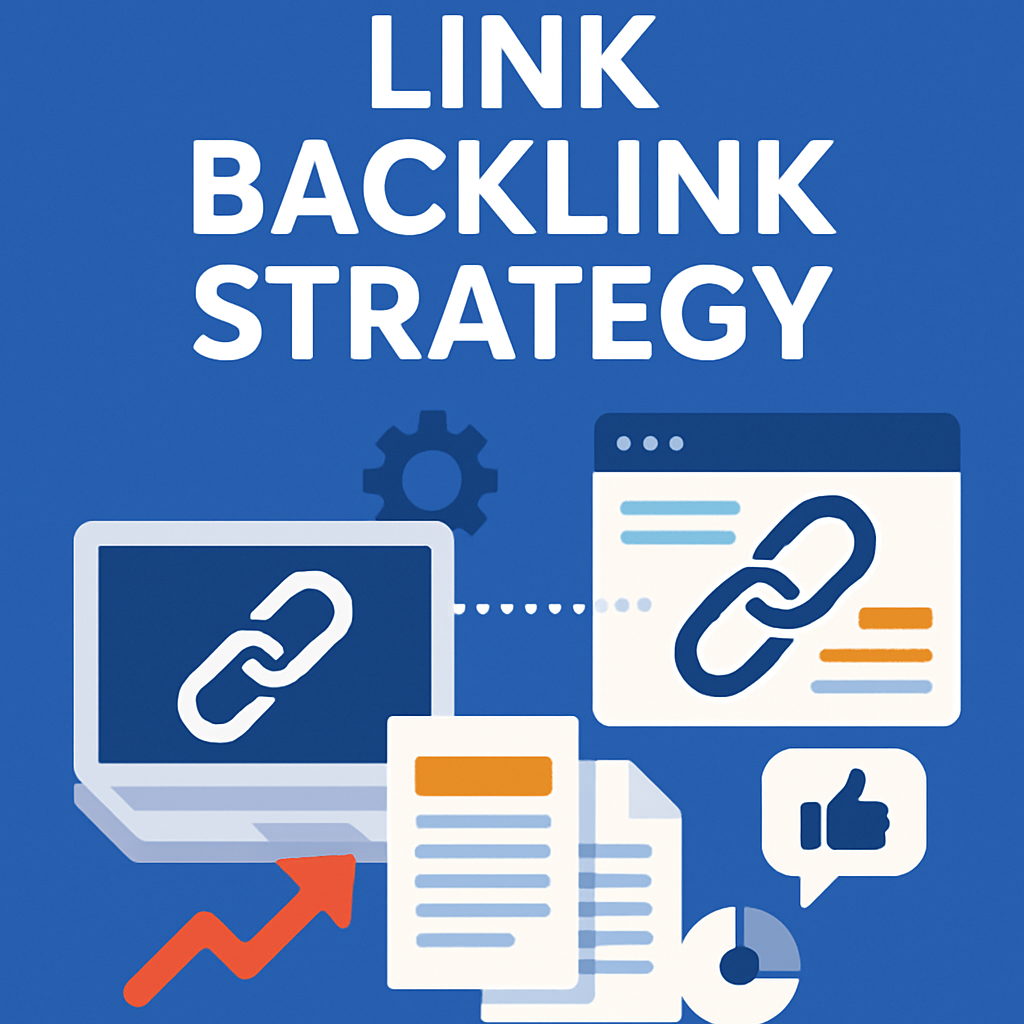
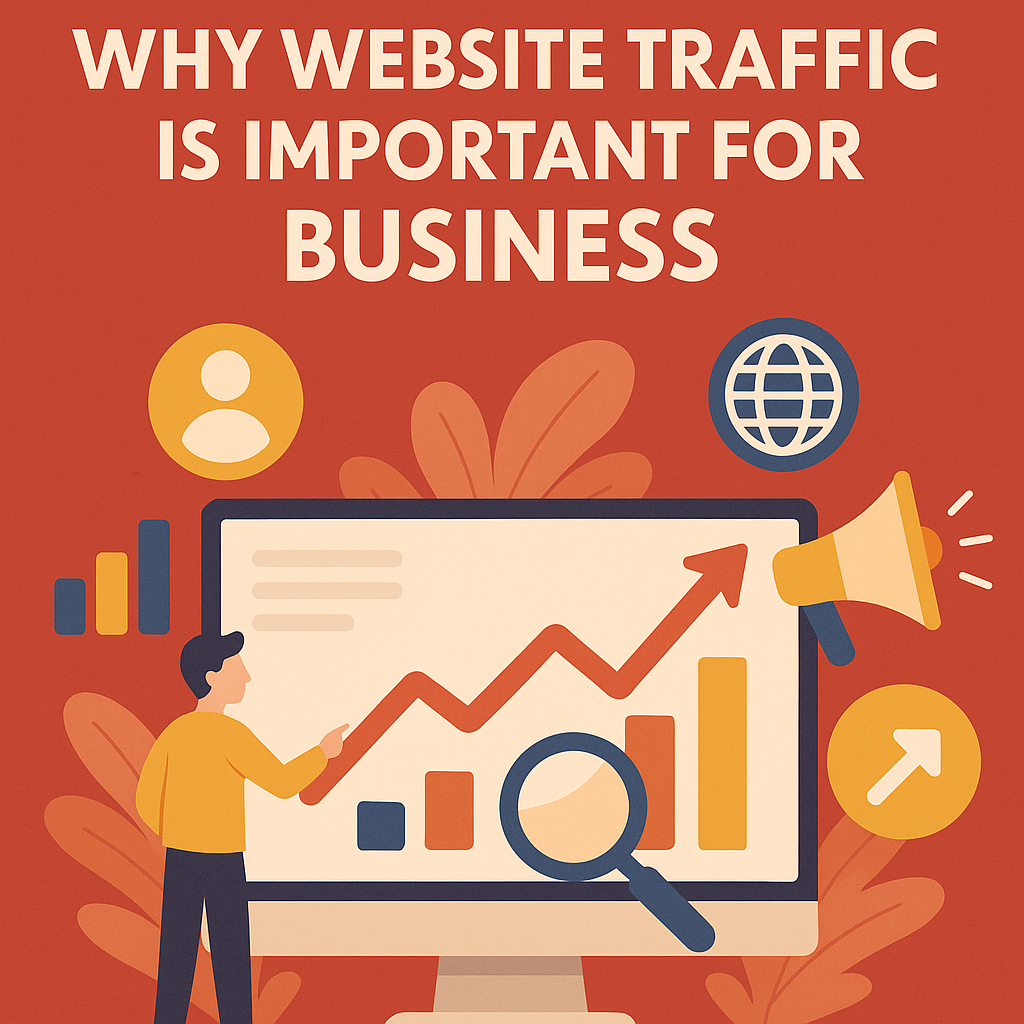

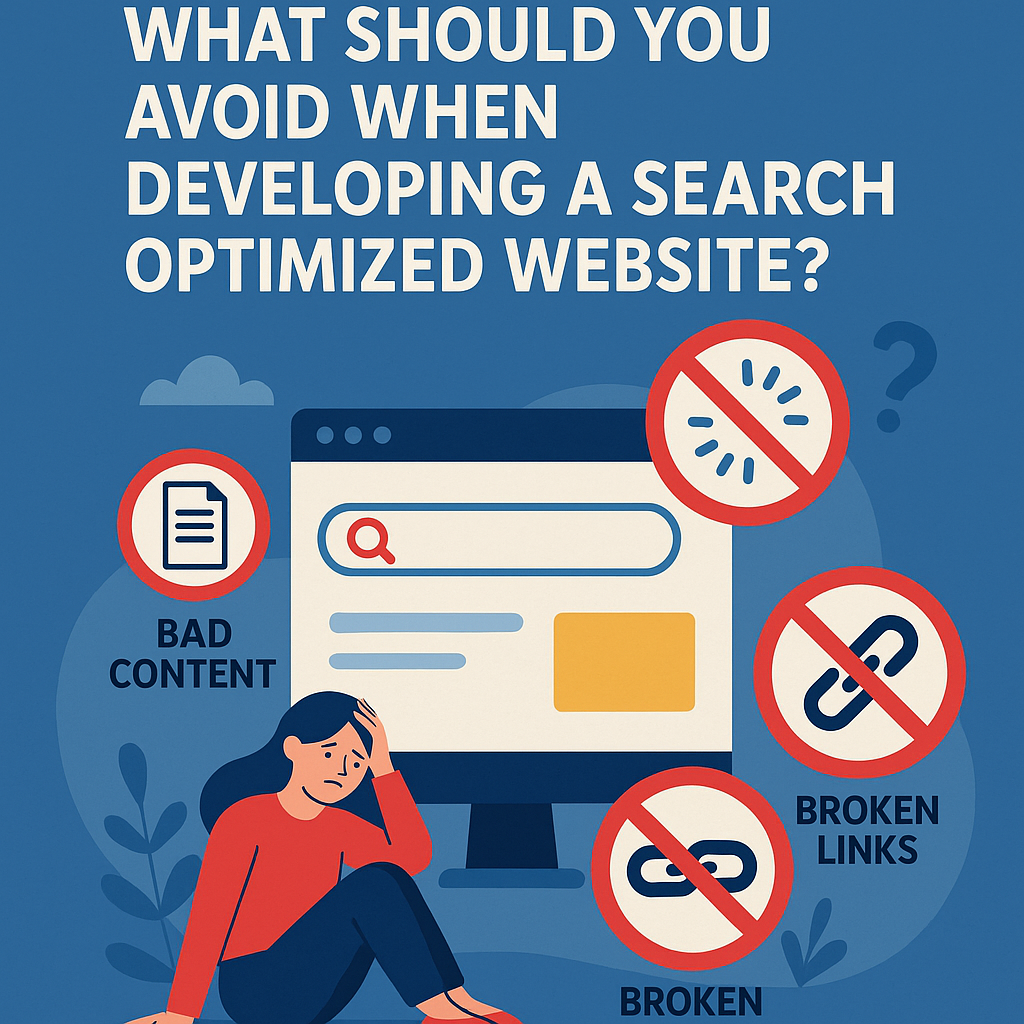
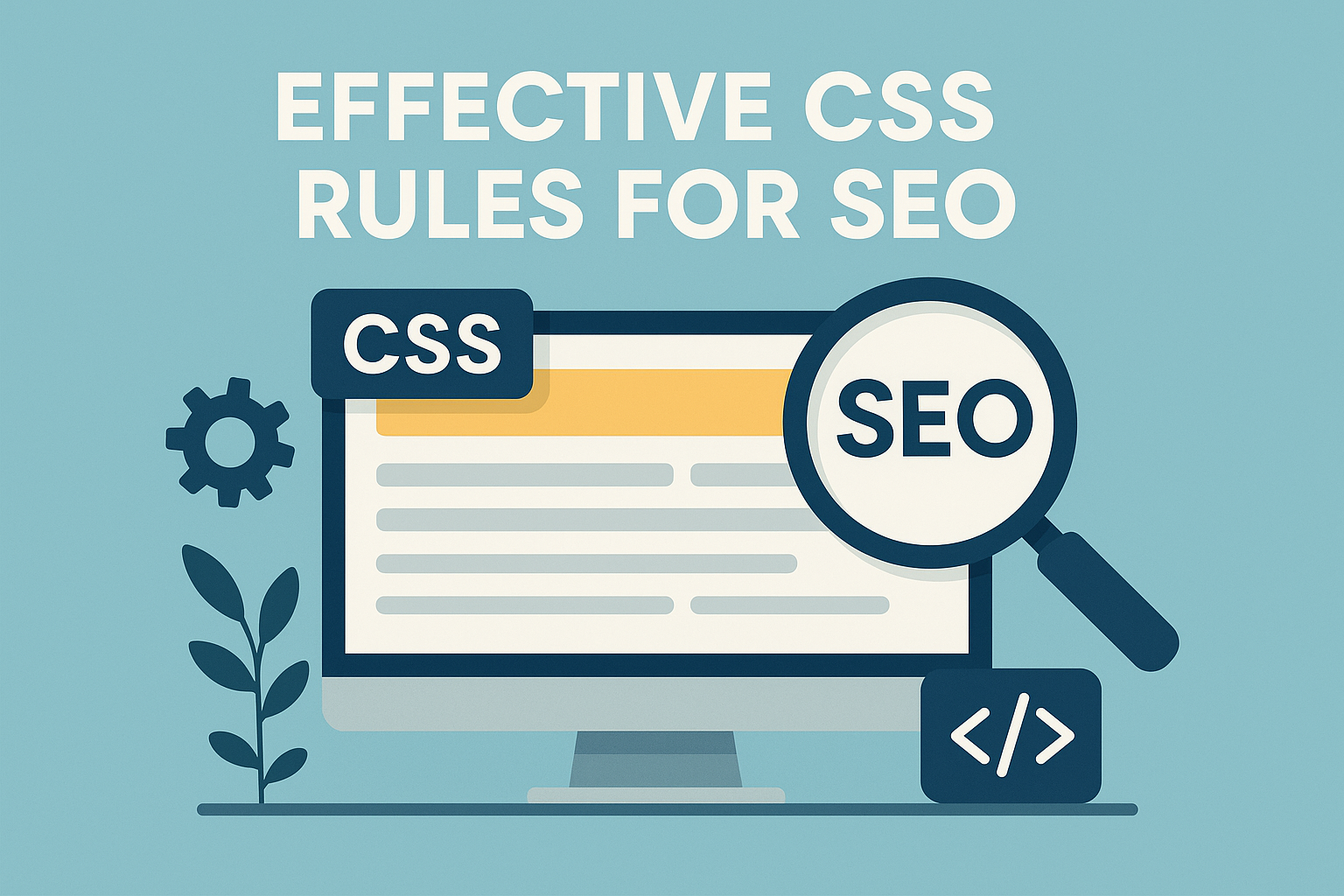

![What To Do After Keyword Research [2025 Guide]](https://backlinkmanagement.io/wp-content/uploads/2025/05/What-To-Do-After-Keyword-Research.png)
![Is Page Speed Really A Ranking Factor? [2025]](https://backlinkmanagement.io/wp-content/uploads/2025/05/Is-Page-Speed-Really-A-Ranking-Factor.png)








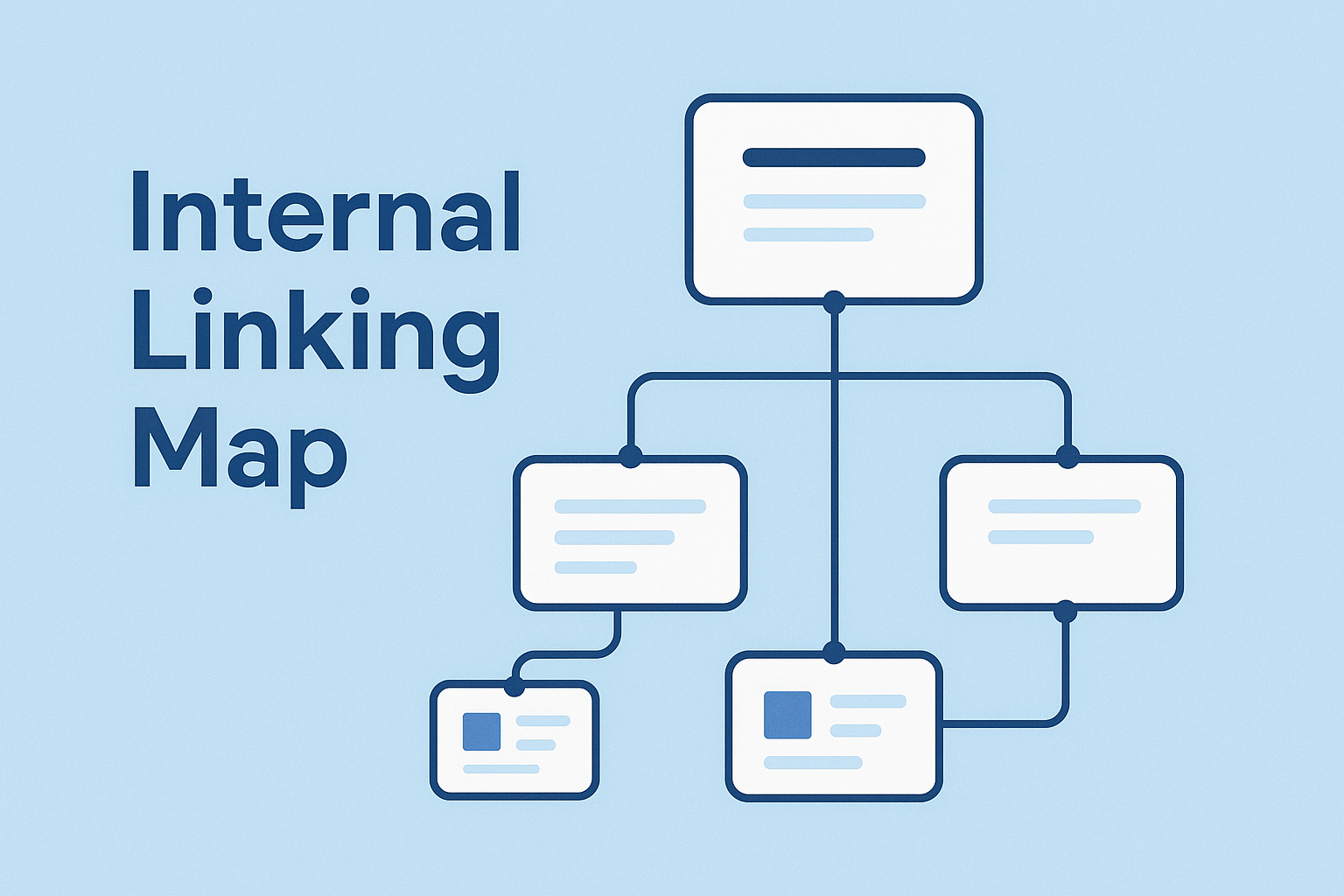


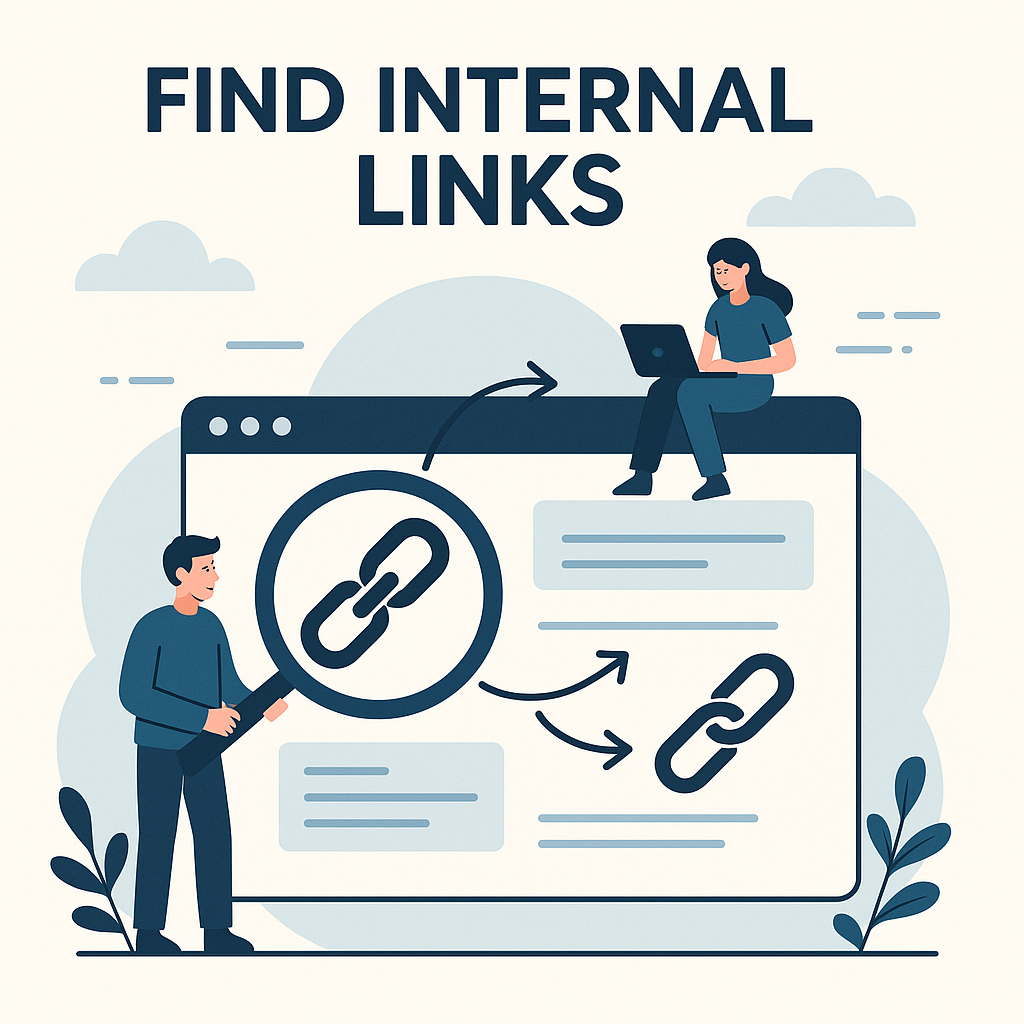
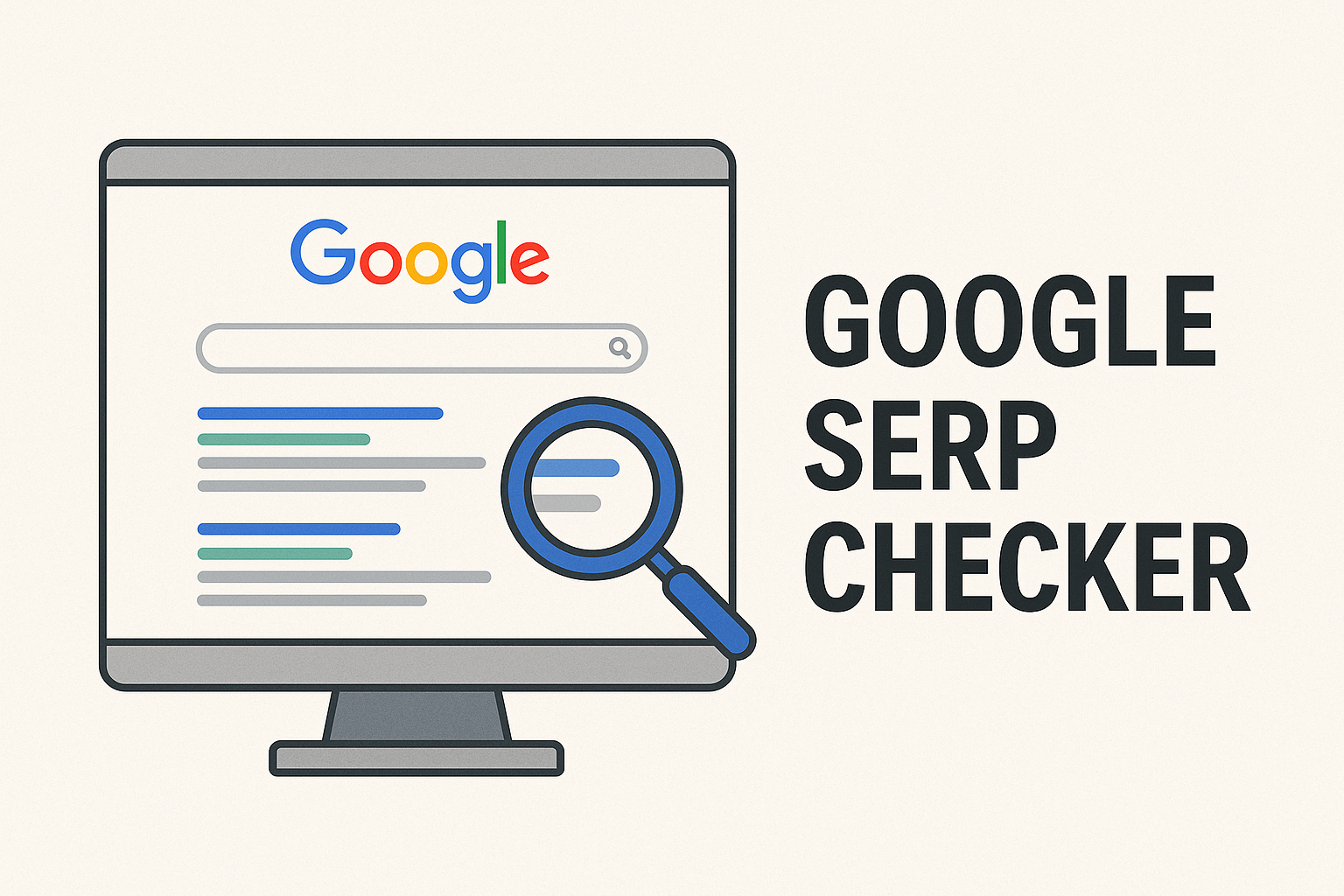
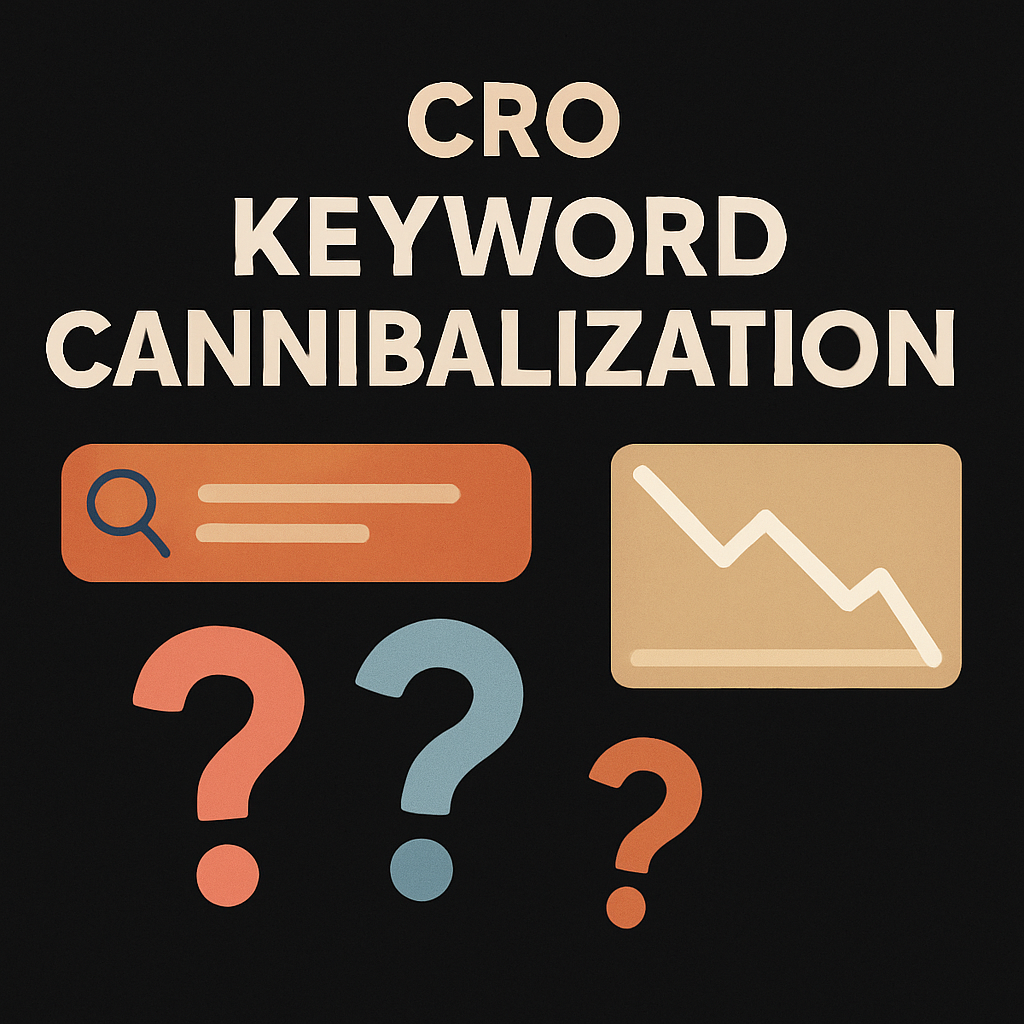


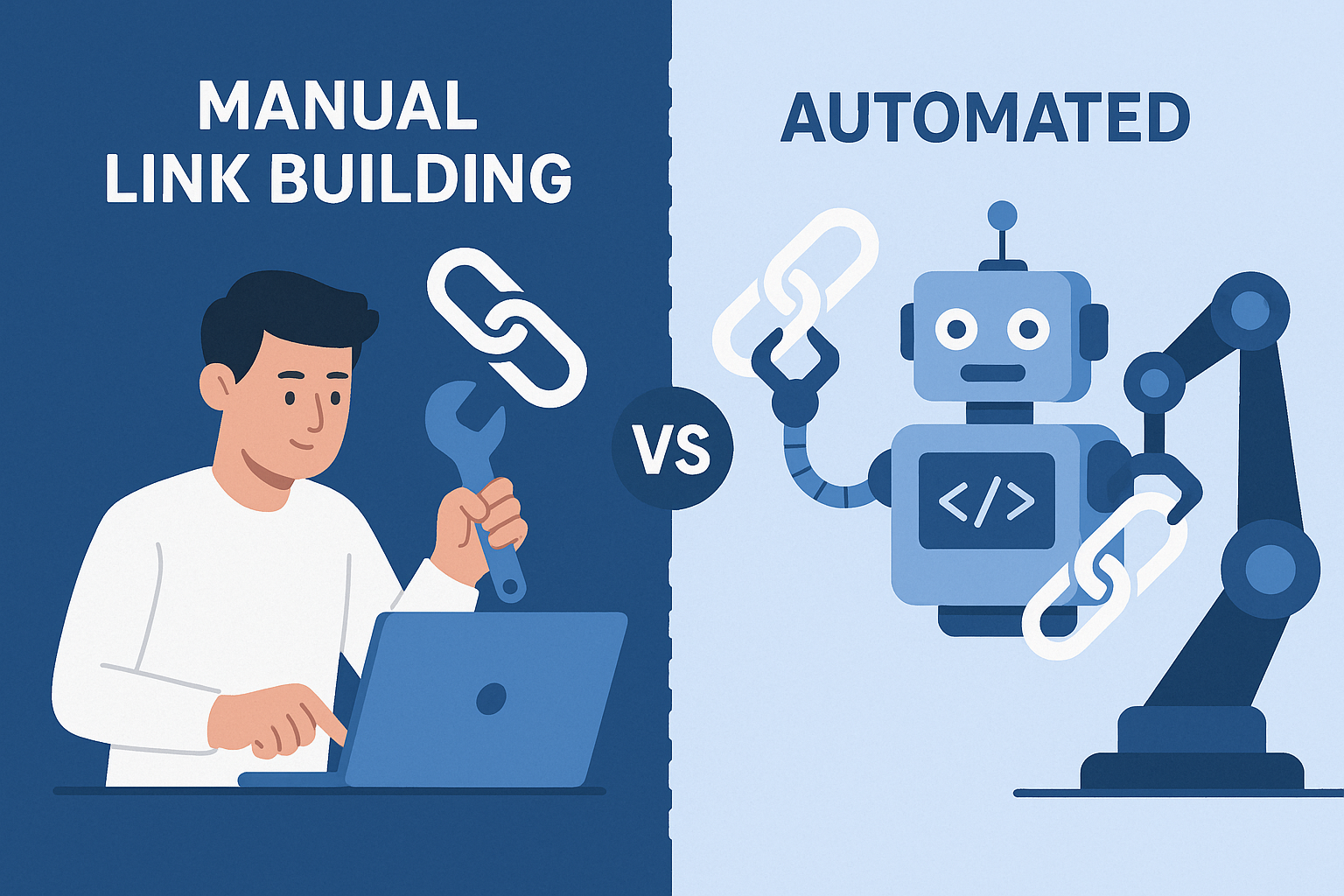

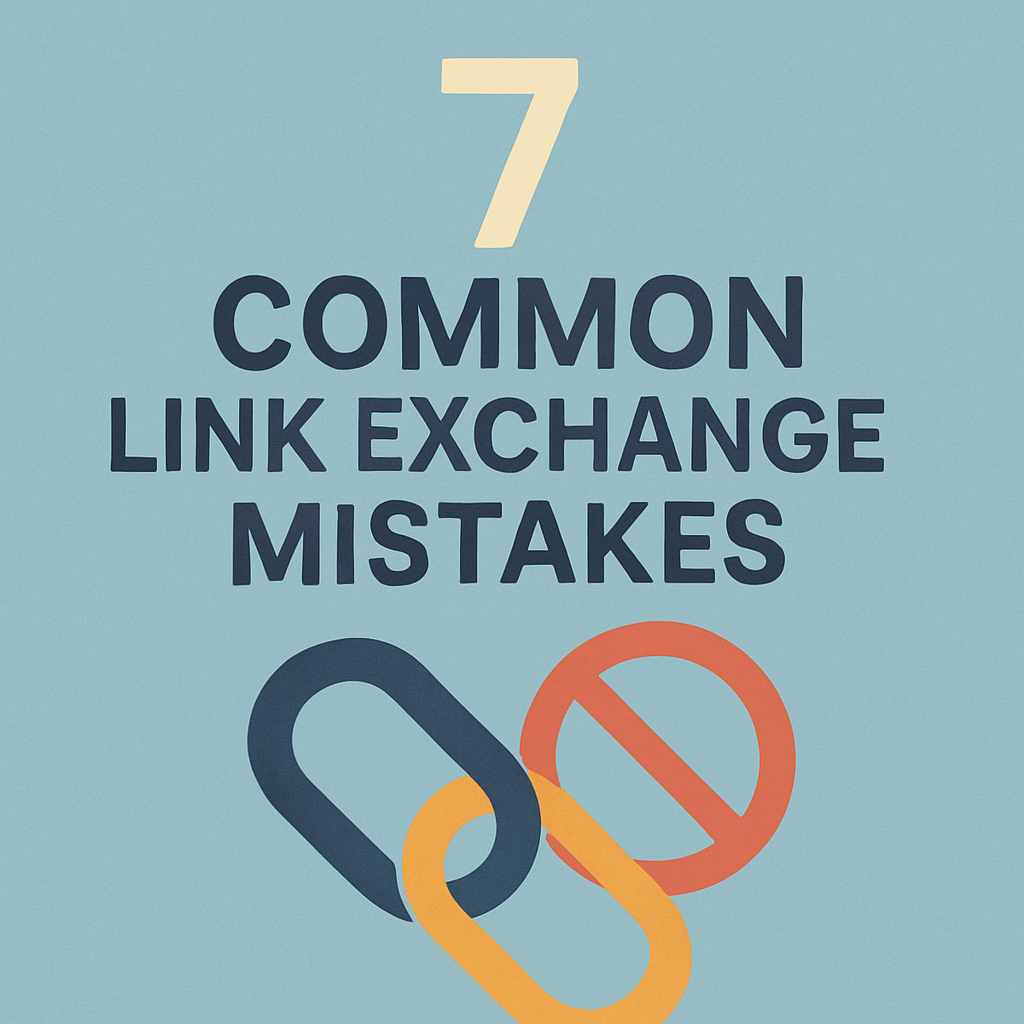

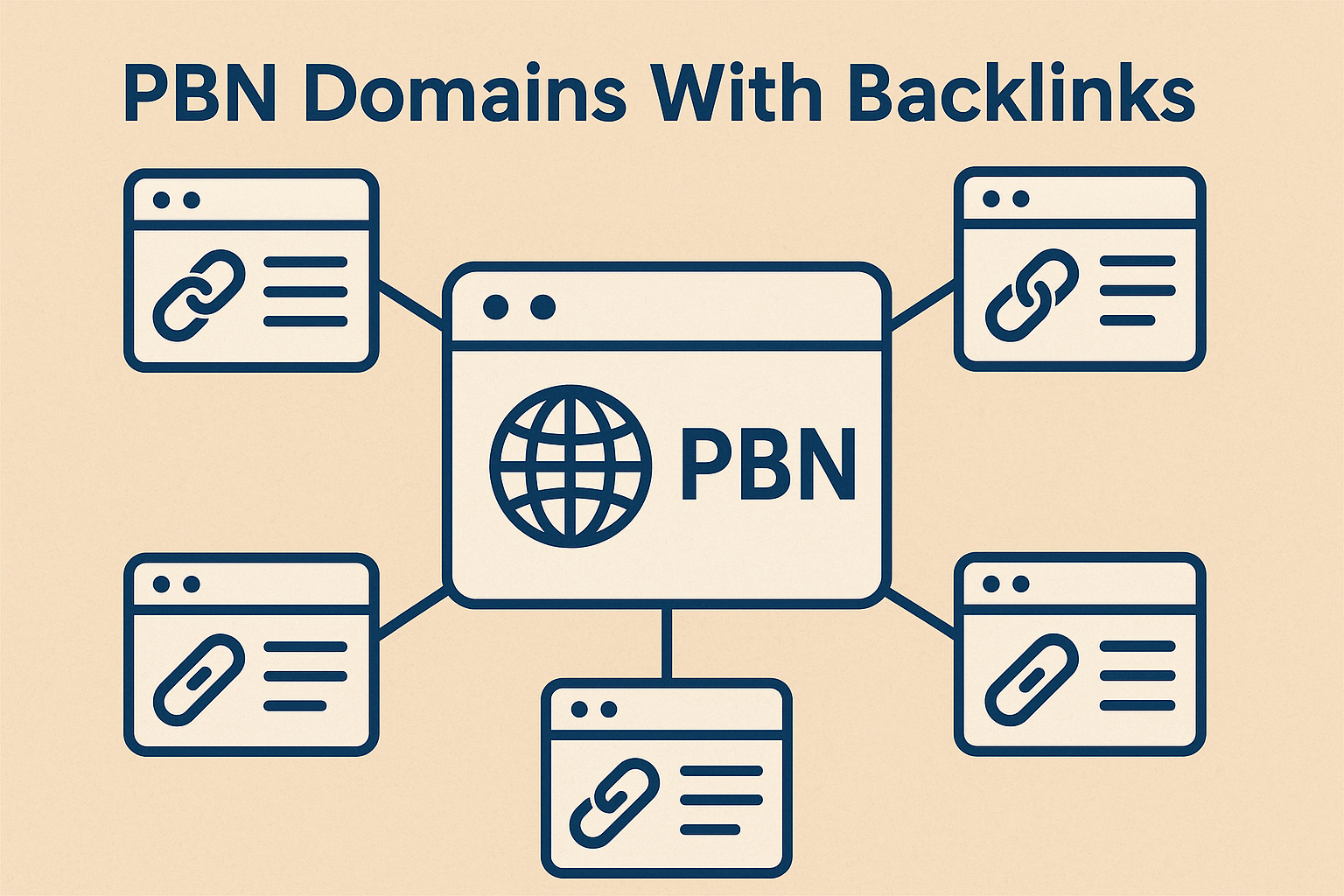
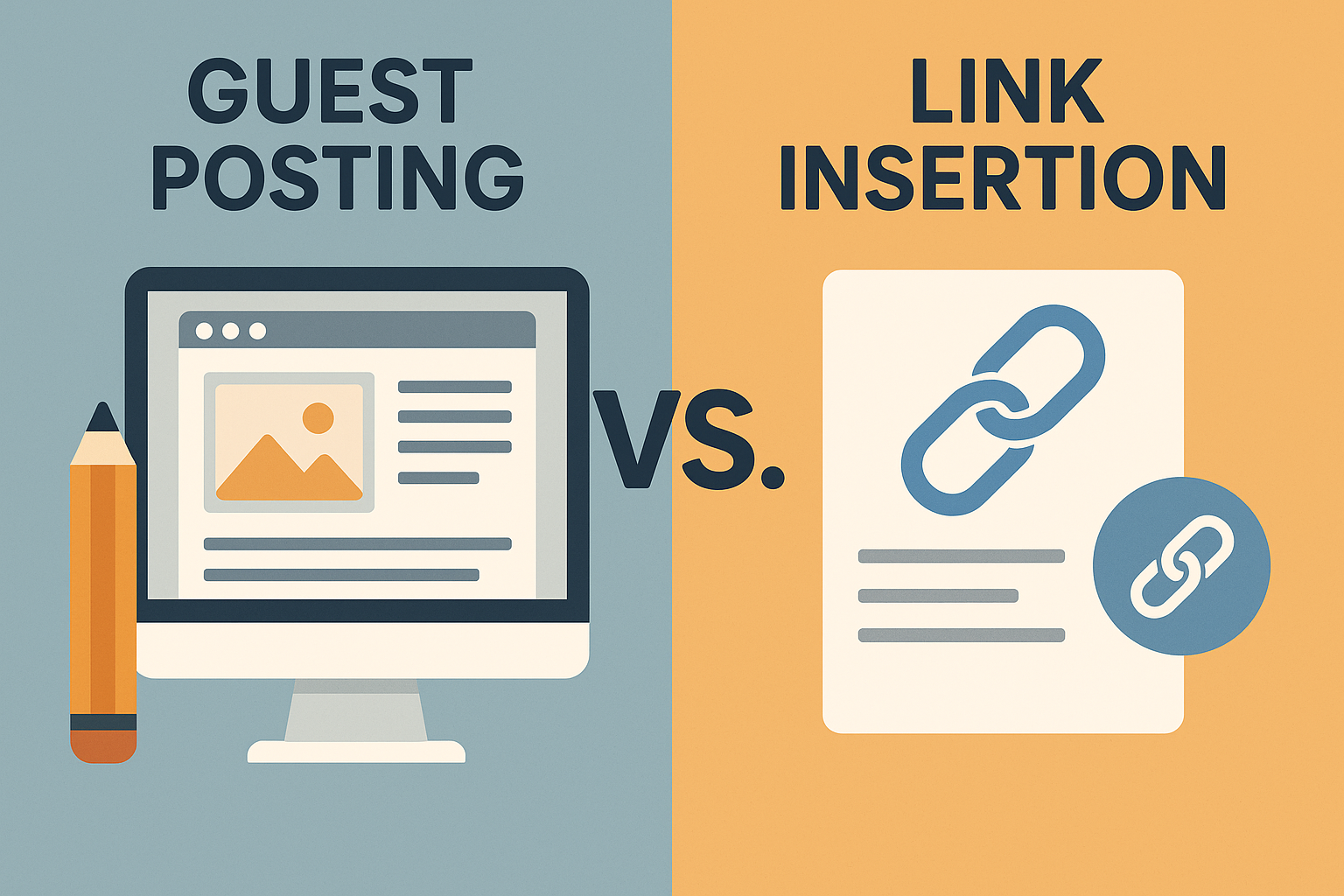




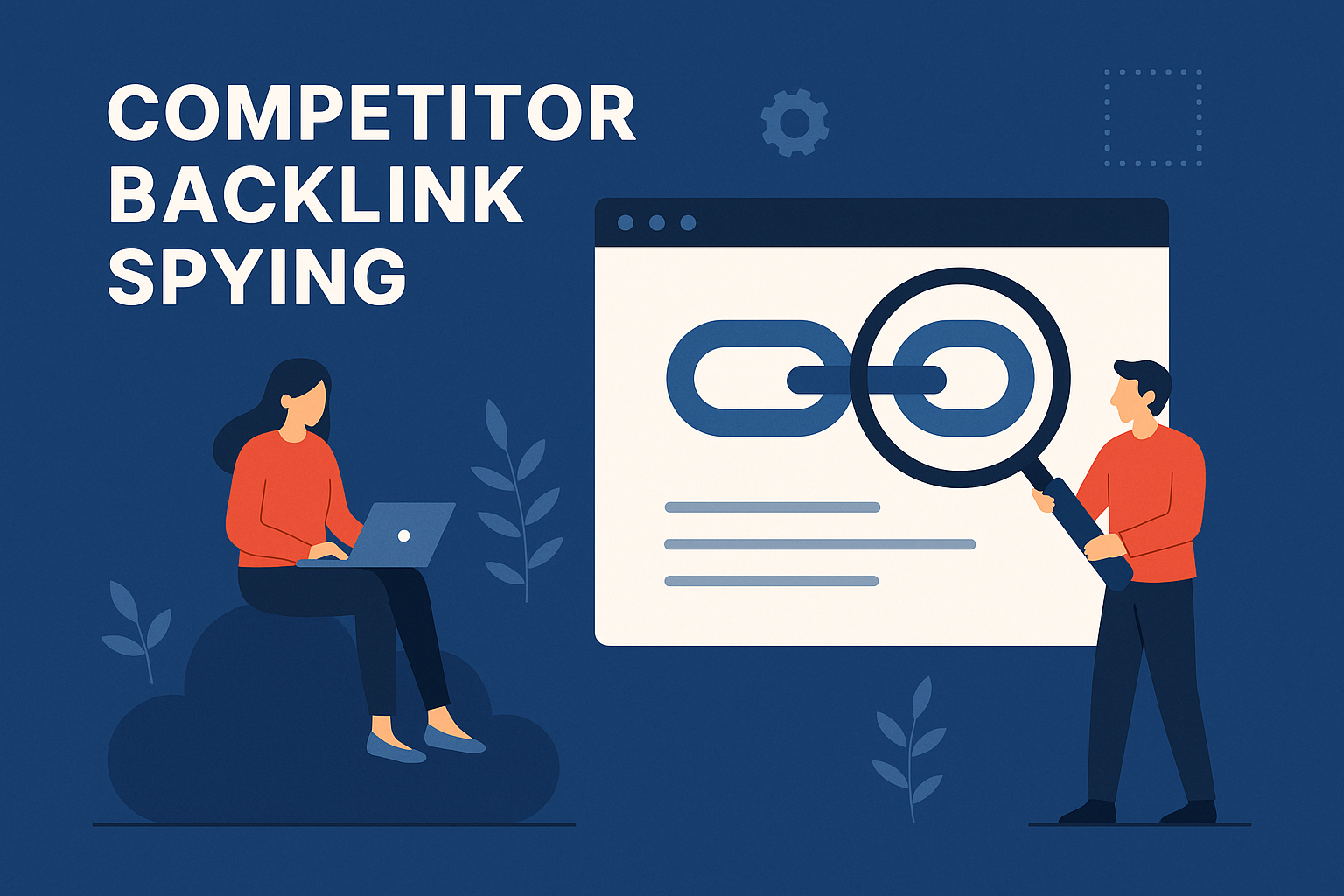
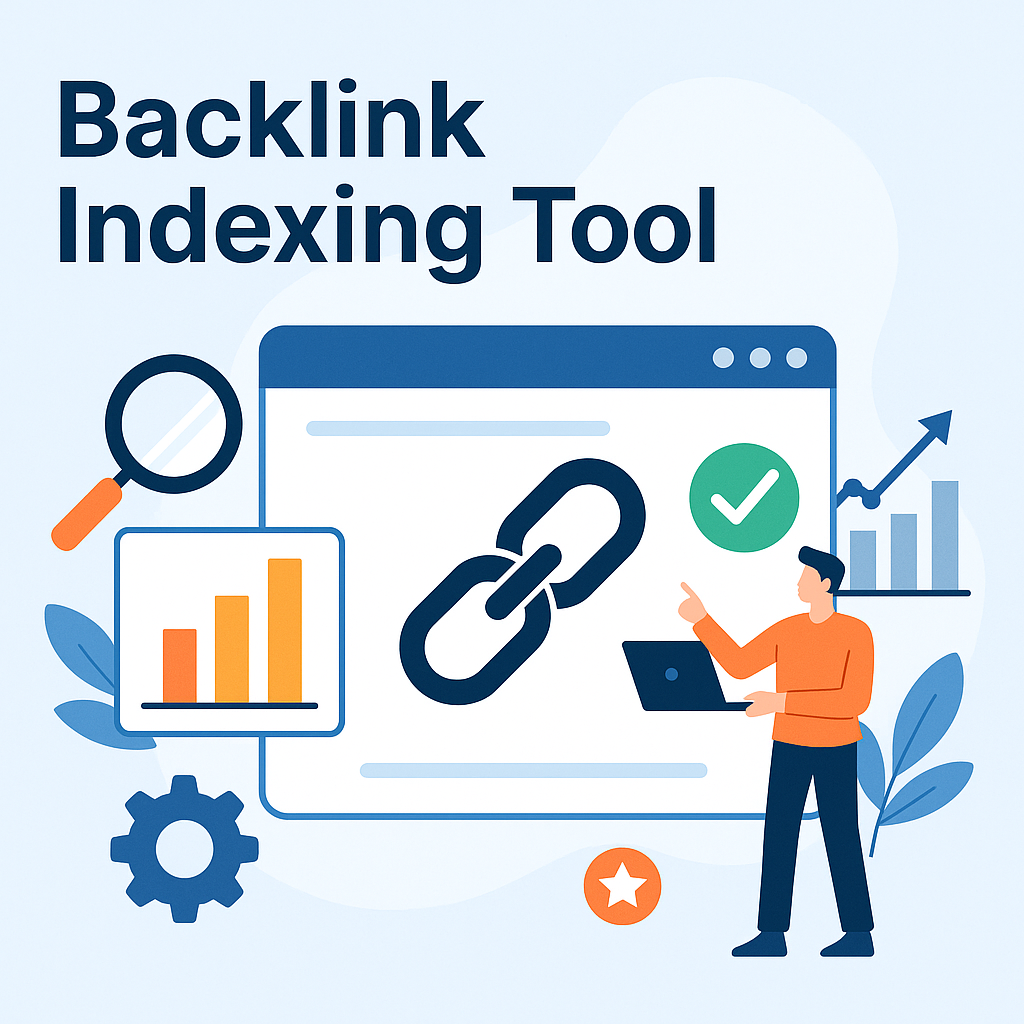



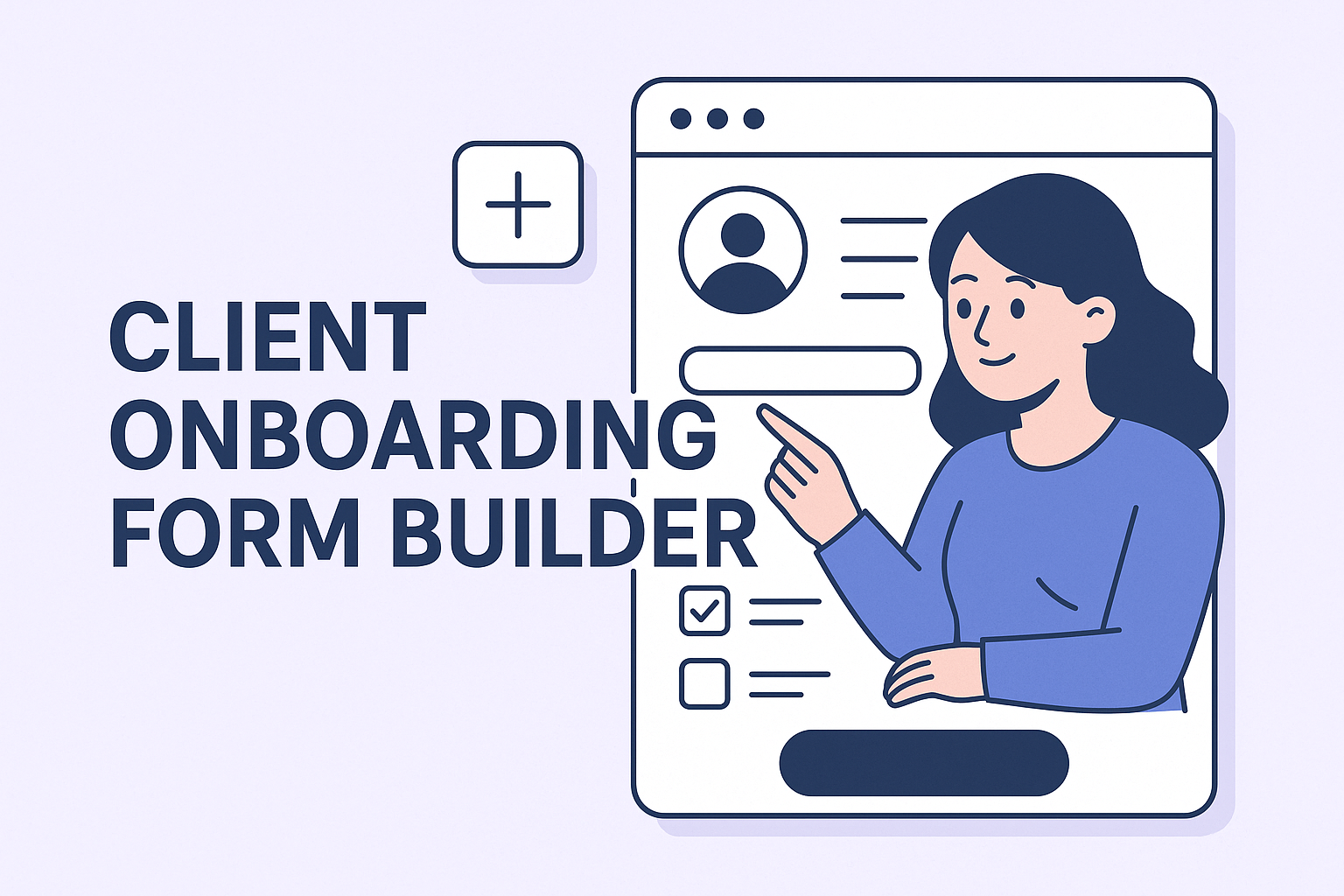
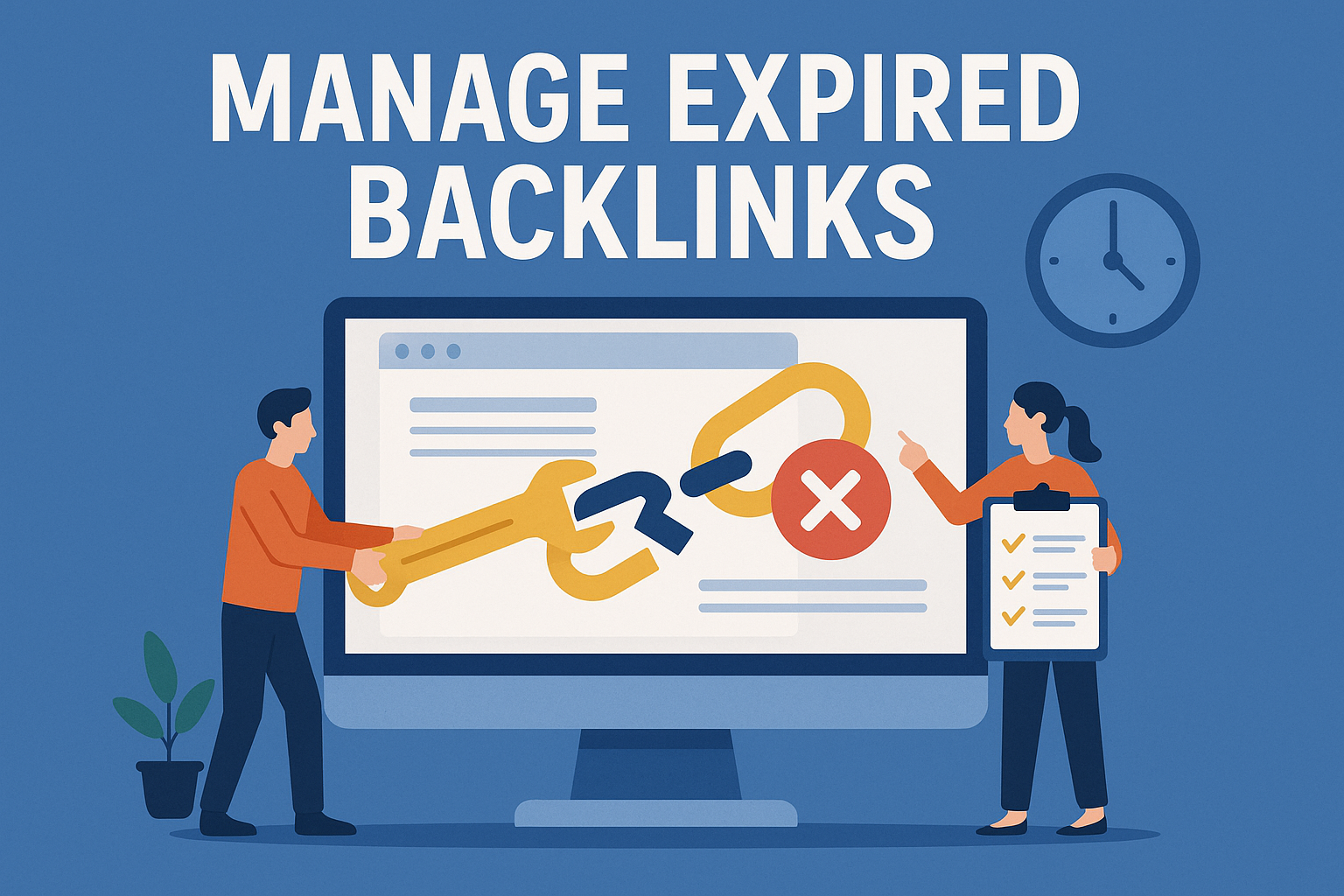

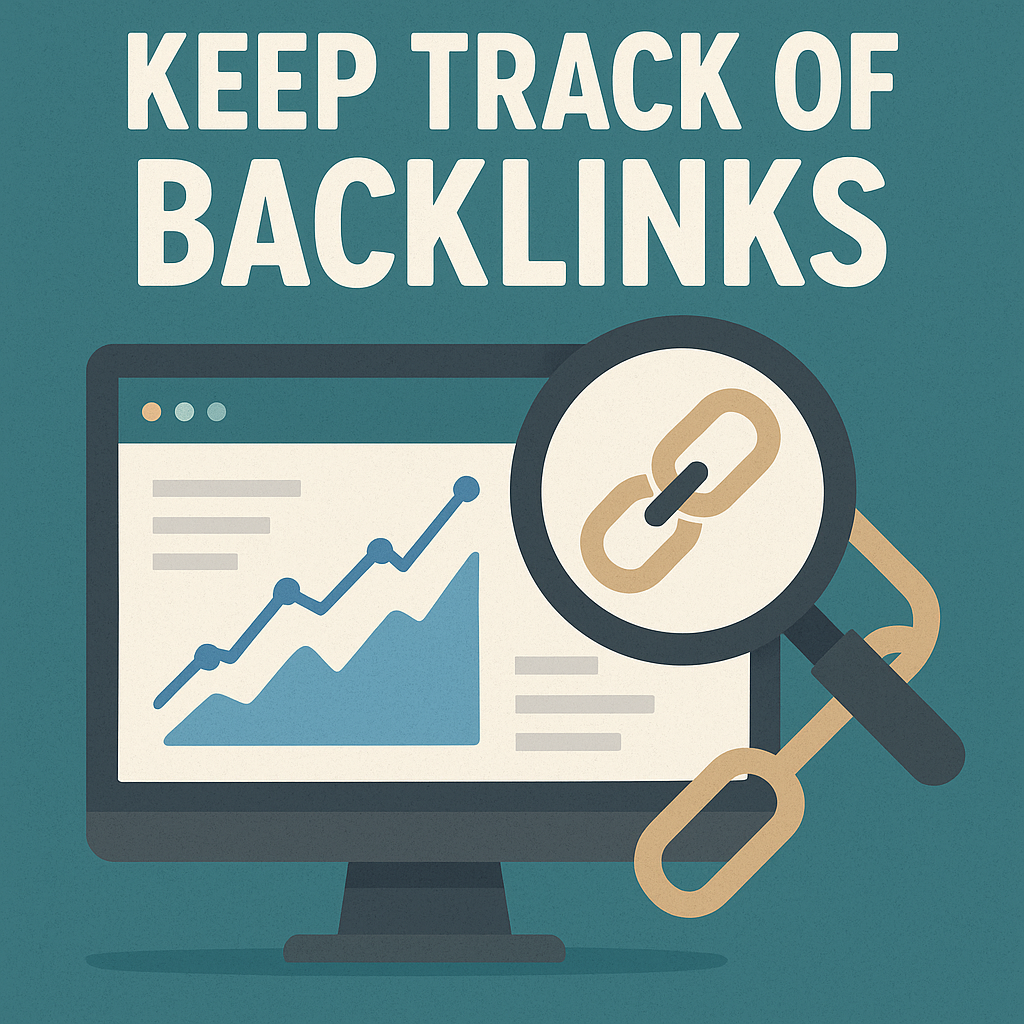
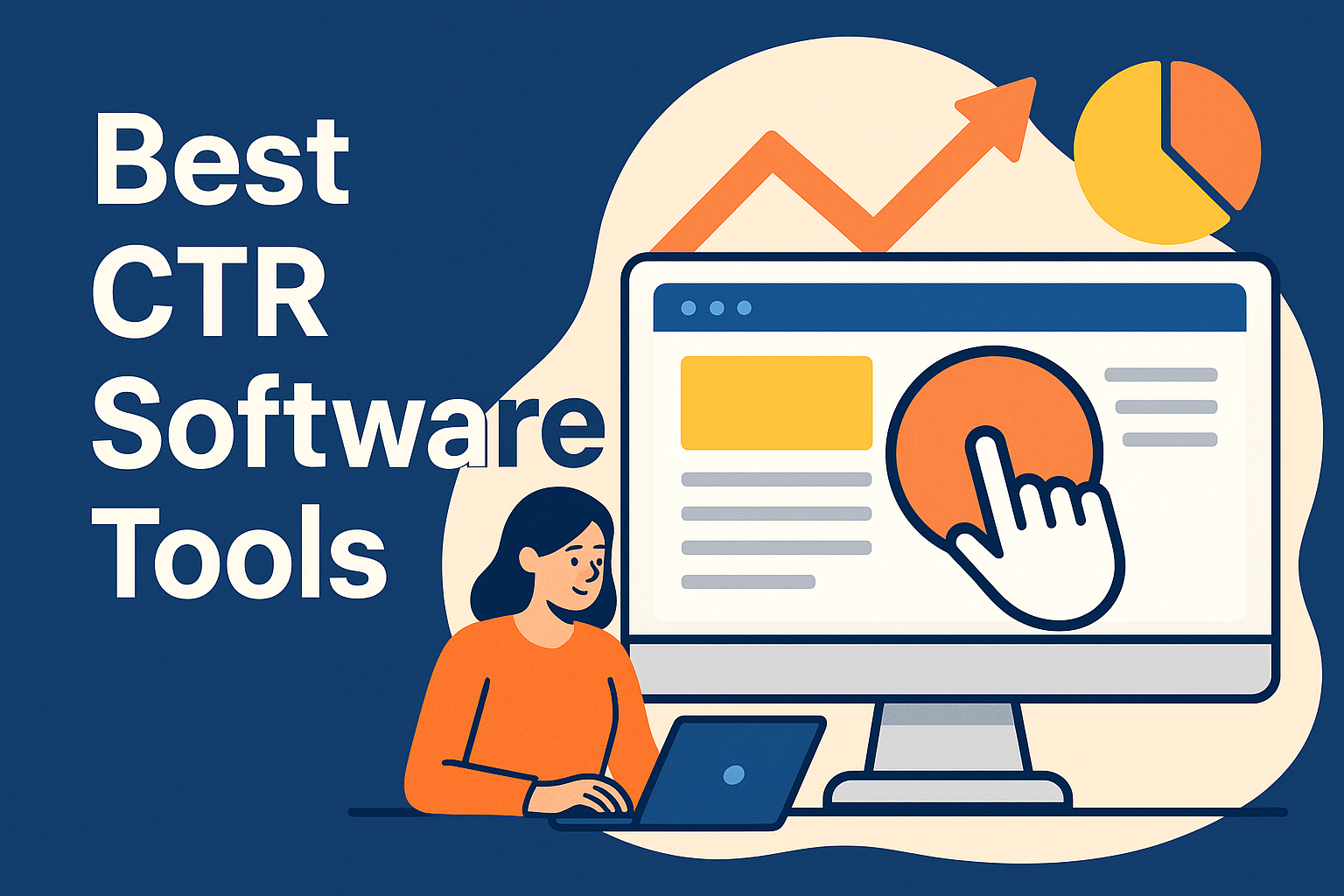


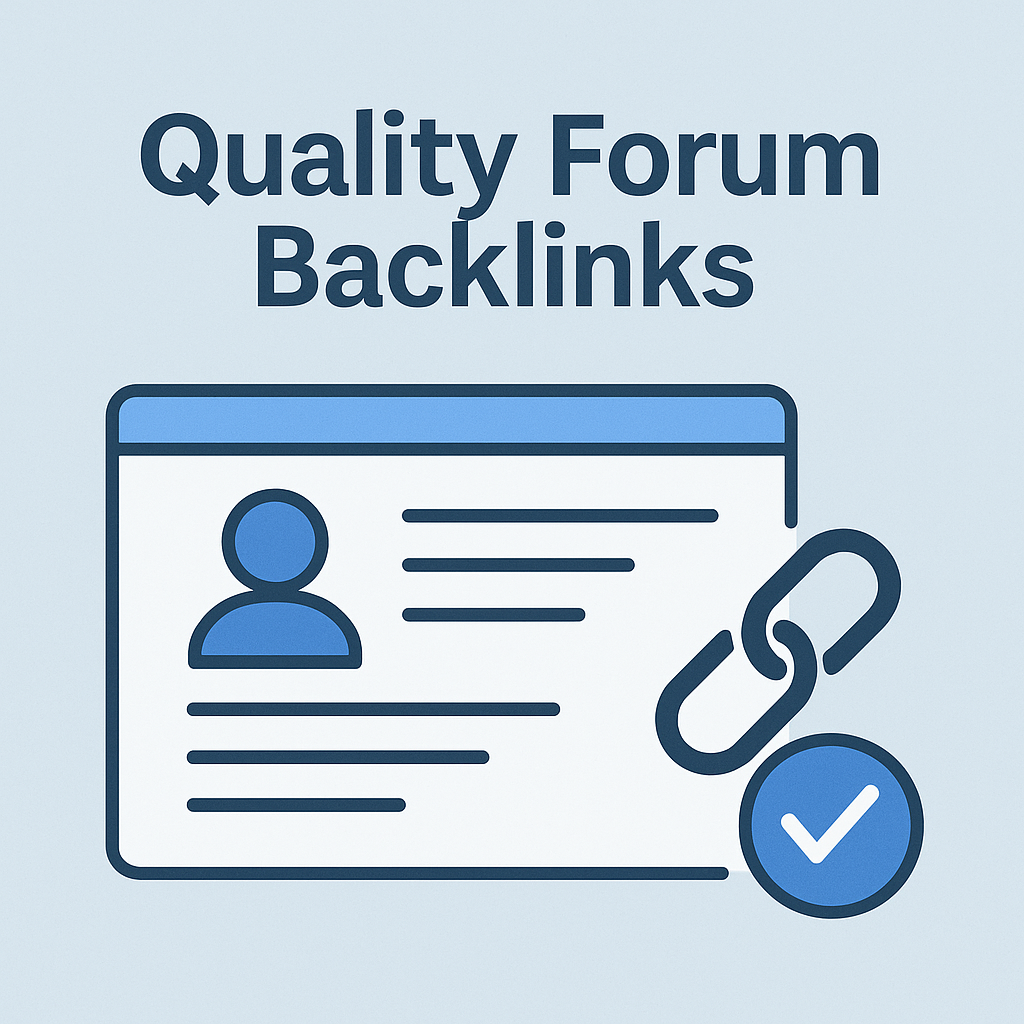
![Best Link Exchange Sites [Free & Safe] – Top 5 Picks](https://backlinkmanagement.io/wp-content/uploads/2025/04/Free-Link-Exchange.png)


